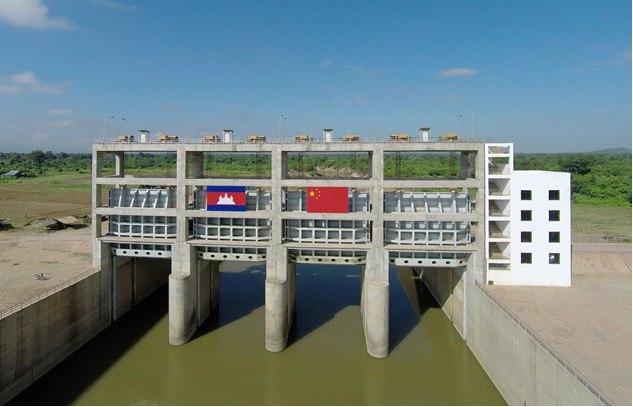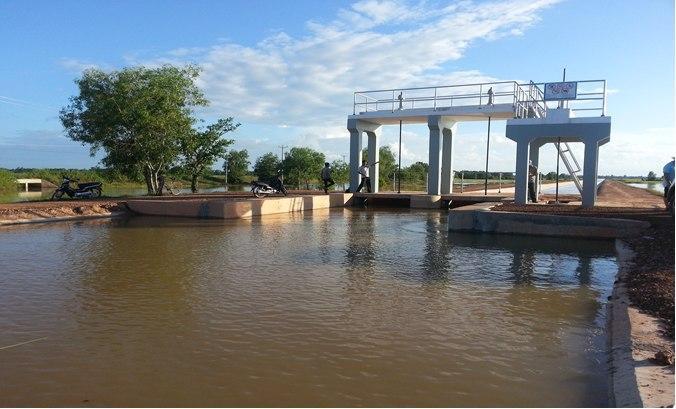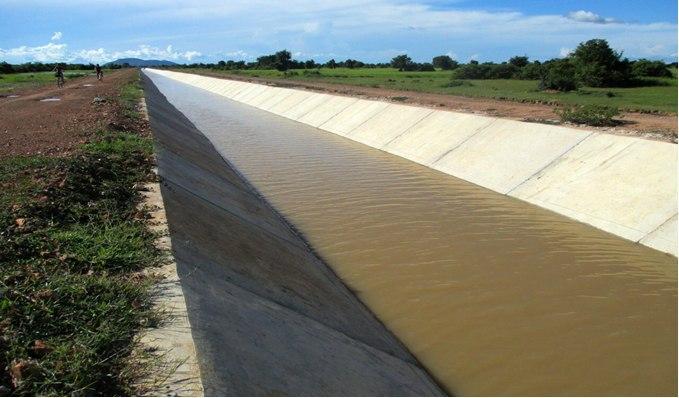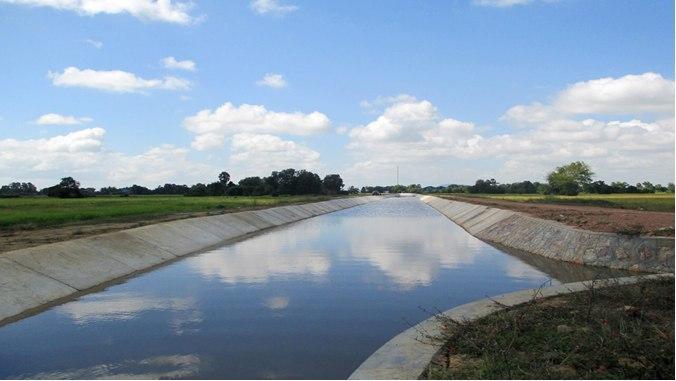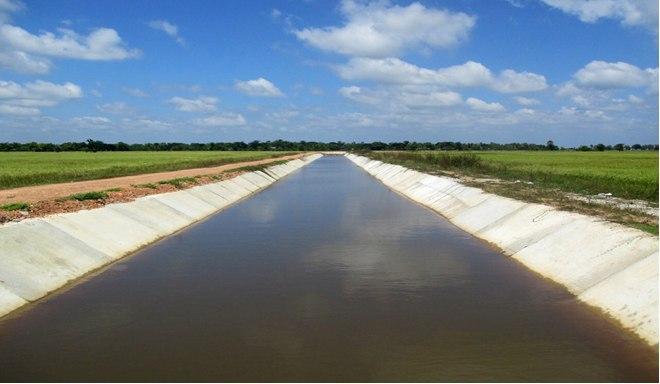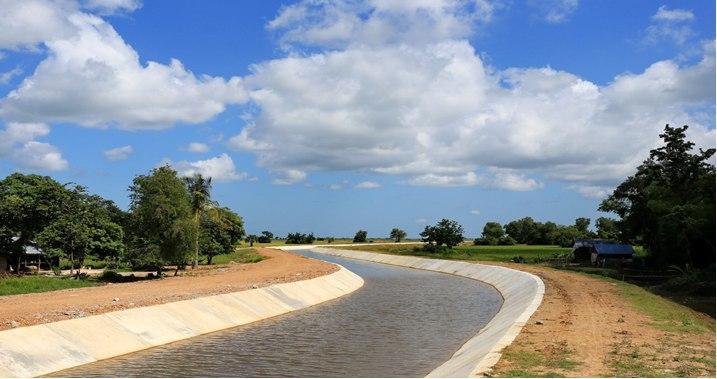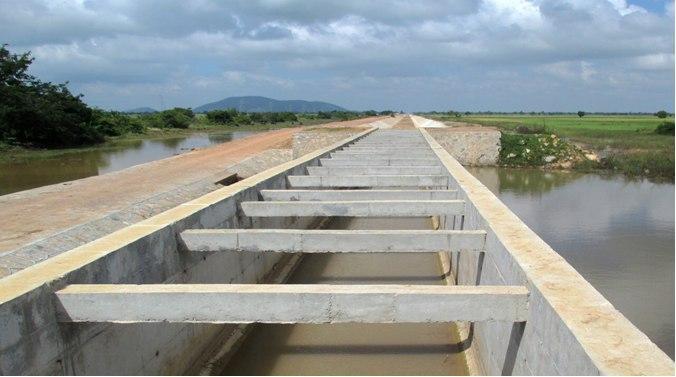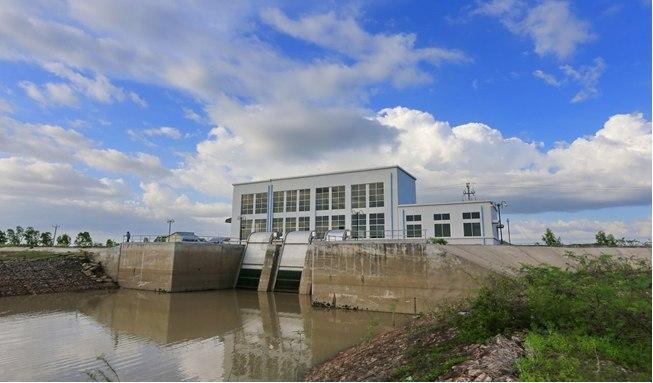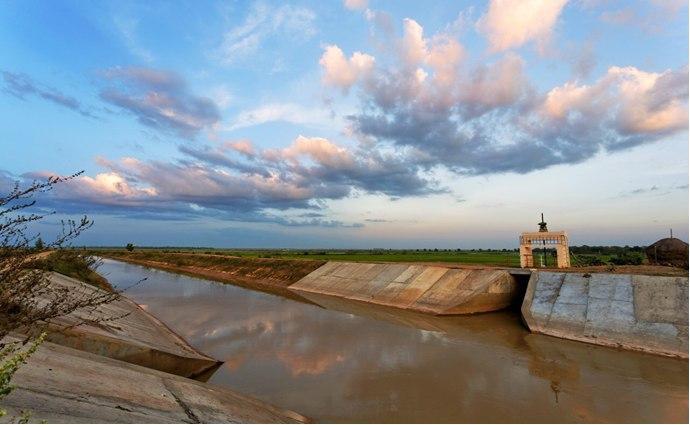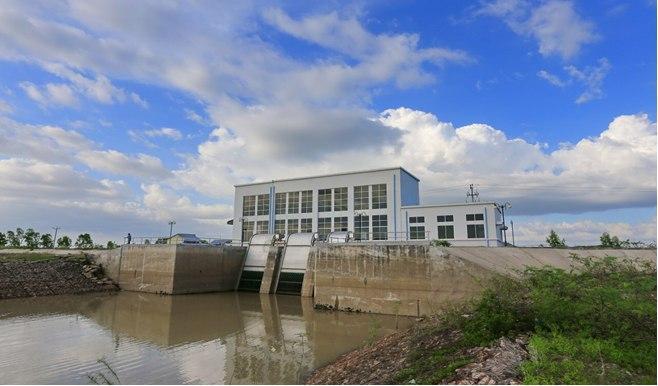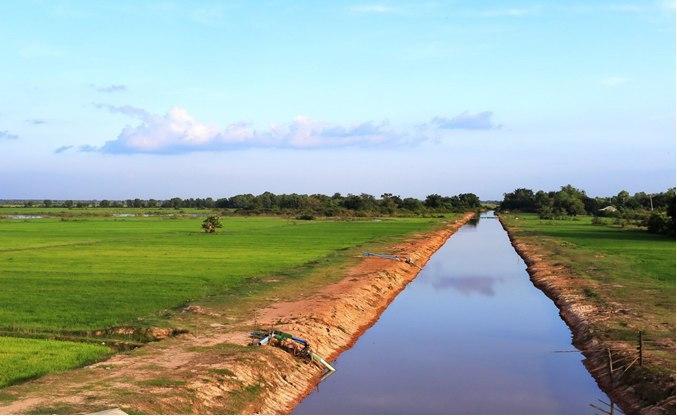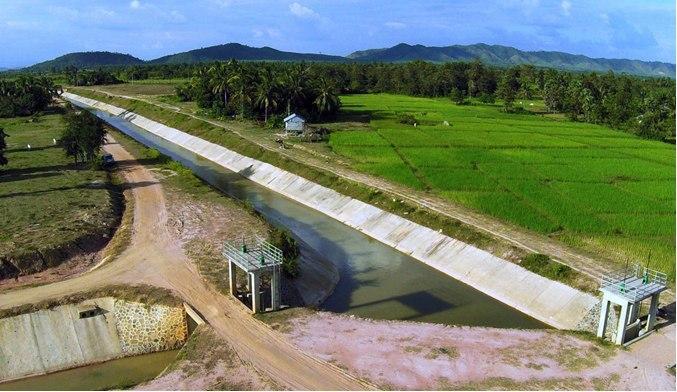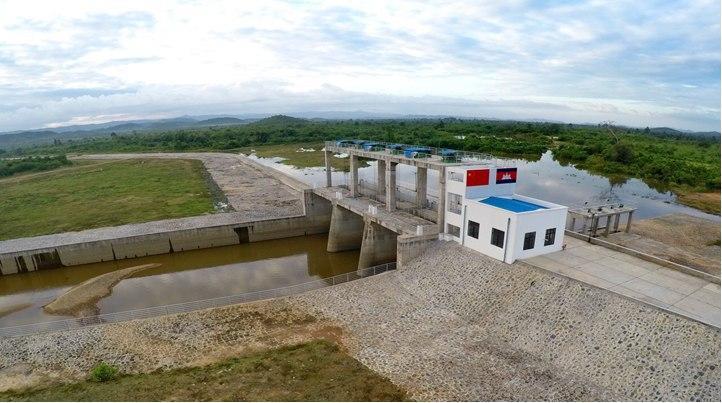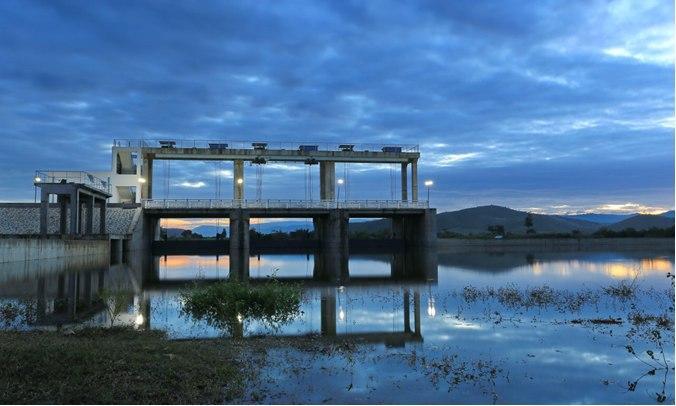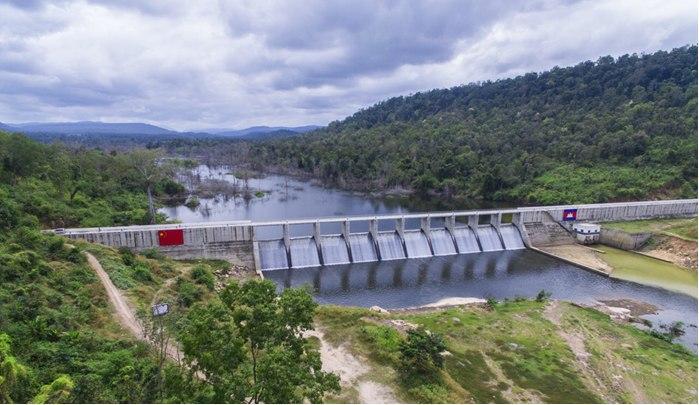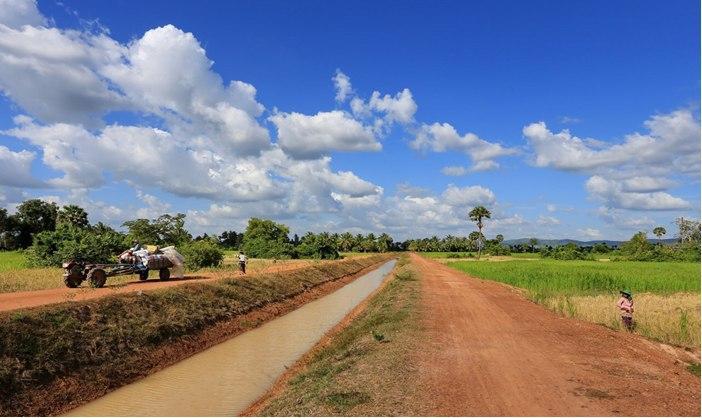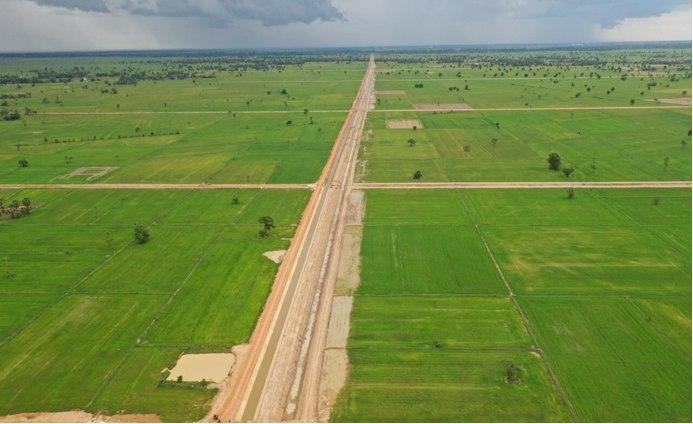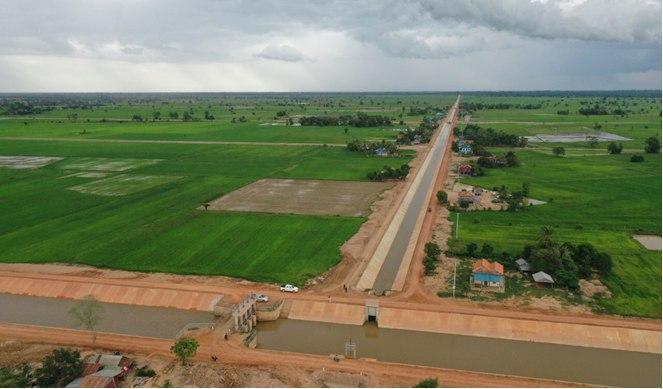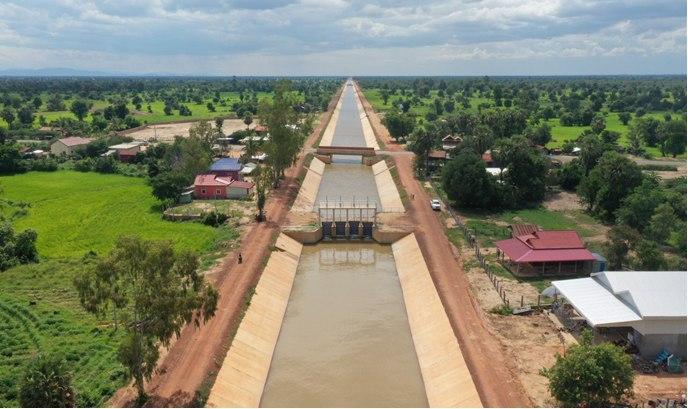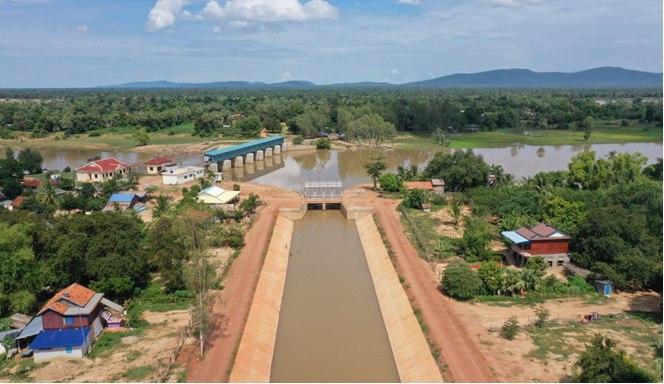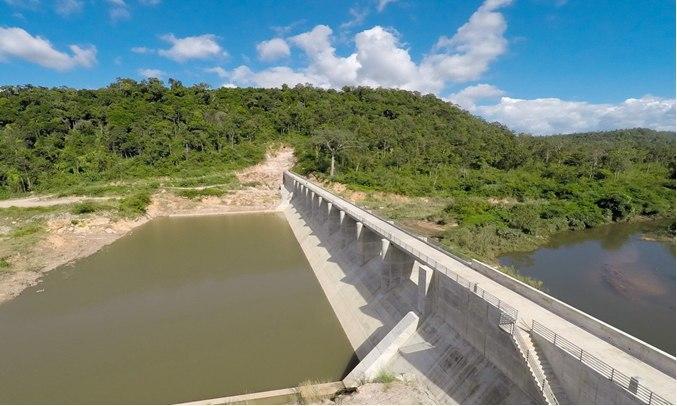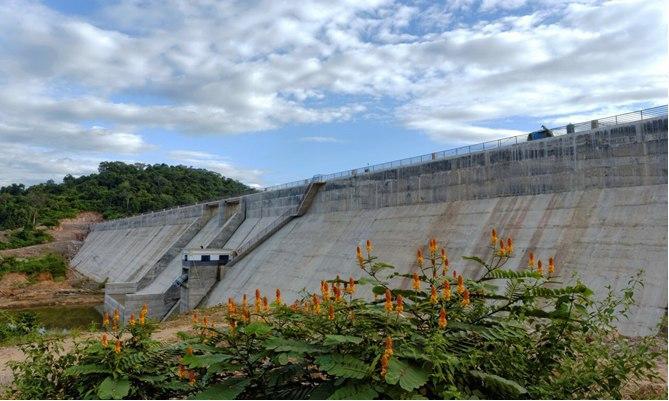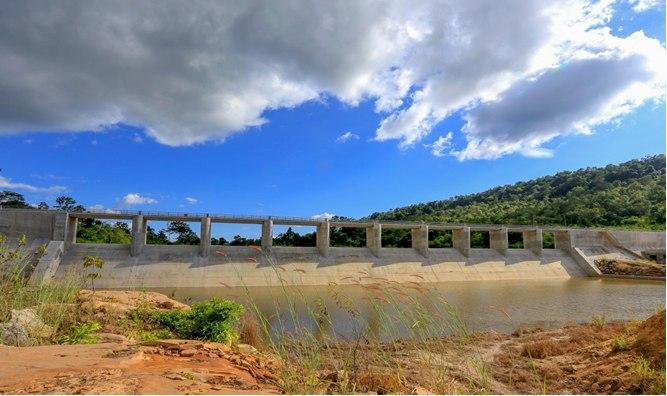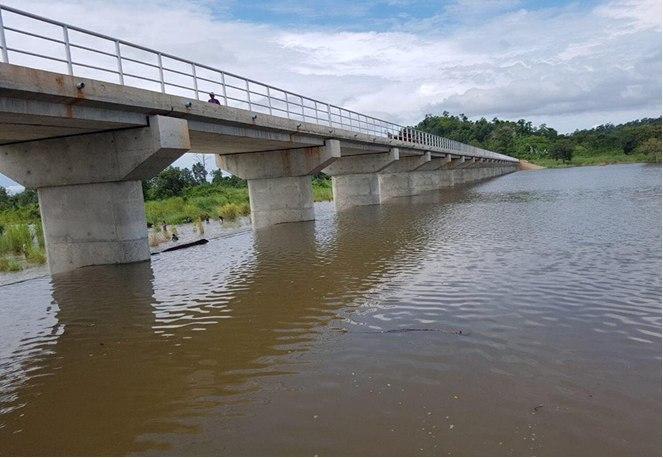Phnom Penh (FN), Oct. 14 – When it comes to agriculture, our minds dictate us to soil fertility, favorable climate, and irrigation. Cambodia has almost all of the three things mentioned earlier. However, what the government and relevant ministries and institutions are doing is to establish and maintain quality drainage systems and reservoirs, since Cambodia has fertile soil and favorable climate, which is an important part in the development of agriculture. If there is enough water, it will make it easier for farmers to farm in both dry and rainy seasons.
Recognizing the demand for water supply and reservoirs of Cambodian farmers, head of the Royal Government, Samdech Prime Minister Hun Sen, has established good relations with other countries in the world to ensure that those countries can contribute to the development of Cambodia.
As a result, countries that have contributed to the development of irrigation in Cambodia include China, India, Japan, Australia, South Korea, Italy, France and many other international organizations. Among the countries and international organizations that support the development of water resources in Cambodia, China is leading country that has helped us build irrigation systems and reservoirs. From 2009 to 2019, the Chinese government provided concessional loan to rehabilitate main canal, major distributary canal, minor distributary canal, feeder canal and reservoirs worth of USD 900 million.
This USD 900 million loans have been used by the Ministry of Water Resources and Meteorology to implement 13 projects, some projected are divided into two phases. The 13 projects include:
1. The construction of Kanghot Irrigation Development Project in Battambang province started in 2009 and completed in 2015.
2. The construction of Kampong Trabek River Flood Control Project in Prey Veng province started in 2009 and completed in 2015.
3. The construction of Prek Stung Keo Water Resources Development Project in Kampot province started in 2009 and completed in 2015.
4. The construction of Dam 3 and Dam 5 Development Project in Stung Pursat, Pursat province, started in 2010 and completed in 2016.
5. The construction of Kanghot Irrigation Development Project Phase II in Battambang province started in 2011 and completed in 2016.
6. The construction of Vaiko Irrigation Development Project Phase I in Kampong Cham, Prey Veng and Svay Rieng provinces started in 2011 and completed in 2017.
7. The construction of Stung Sreng Water Resources Development Project in Siem Reap, Banteay Meanchey and Oddar Meanchey provinces, started in 2010 and completed in 2015.
8. The construction of Stung Stoung Water Resources Development Project in Kampong Thom Province, started in 2012 and completed in 2018.
9. The construction of Multipurpose Dam Development Project in Battambang Province, started in 2012 and completed in 2018.
10. The construction of Stung Chikreng Water Resources Development Project Phase I in Siem Reap Province, started in 2013 and completed in 2018.
11. The construction of Achang Irrigation Development Project in Kampong Chhnang Province, started construction in 2013 and completed in 2018.
12. The construction of Stung Sreng Water Resources Development Project Phase II in Oddar Meanchey Province started in 2013 and completed in 2019.
13. The construction of Pursat River Development Project, Dam No. 3 and No. 5 Phase II in Pursat Province, started in 2016 and completed in 2019.
In addition to the above completed projects, the concessional loans from the Chinese government are being implemented on two additional projects, including Vaiko Irrigation Development Project Phase II in Kampong Cham, Prey Veng and Svay Rieng provinces which started in 2014 and now is 99 percent completed. The next project is the construction of Preah Vihear Reservoir Development Project, started in 2018 and is now almost 50 percent completed.
According to a report from the Ministry of Water Resources and Meteorology, the construction and rehabilitation of water supply systems for agriculture in Cambodia, under the low-interest loan from the Government of the People's Republic of China, is totaled at more than 1,400 kilometers long. This is a huge amount that Cambodia receives from the support of the Chinese government.
However, the amount of aids provided by the Chinese government to the Cambodian government for the construction of irrigation systems in Cambodia have yet fully complied to the needs of water resources development in Cambodia. According to a report from the Ministry of Water Resources and Meteorology, the ministry requires at least USD 560 million annually and need more time developing Cambodia's water resources.
Regarding the agricultural sector in Cambodia, the Chinese government not only assisted Cambodia in the construction of irrigation systems, but the iron-clad friend of Cambodia also helped build rice warehouses, rural roads, ponds and wells. Cambodia and China have also signed Free Trade Agreement (FTA), in the perspective of economic and political experts, will push Cambodia to develop rapidly.
In 2019, Cambodia exported 620,000 tons of rice, while non-official rice exports to Vietnam amounted to more than two million tons at border provinces such as Takeo, Prey Veng, Svay Rieng, Kandal and Kampot.
In the first six months of 2020, about 1 million tons of rice was exported from Kampot, Takeo, Kandal, Prey Veng and Svay Rieng to Vietnam. More than 400,000 tons of rice was exported to target markets in 56 countries, according to figures released by the Ministry of Agriculture.
=FRESH NEWS
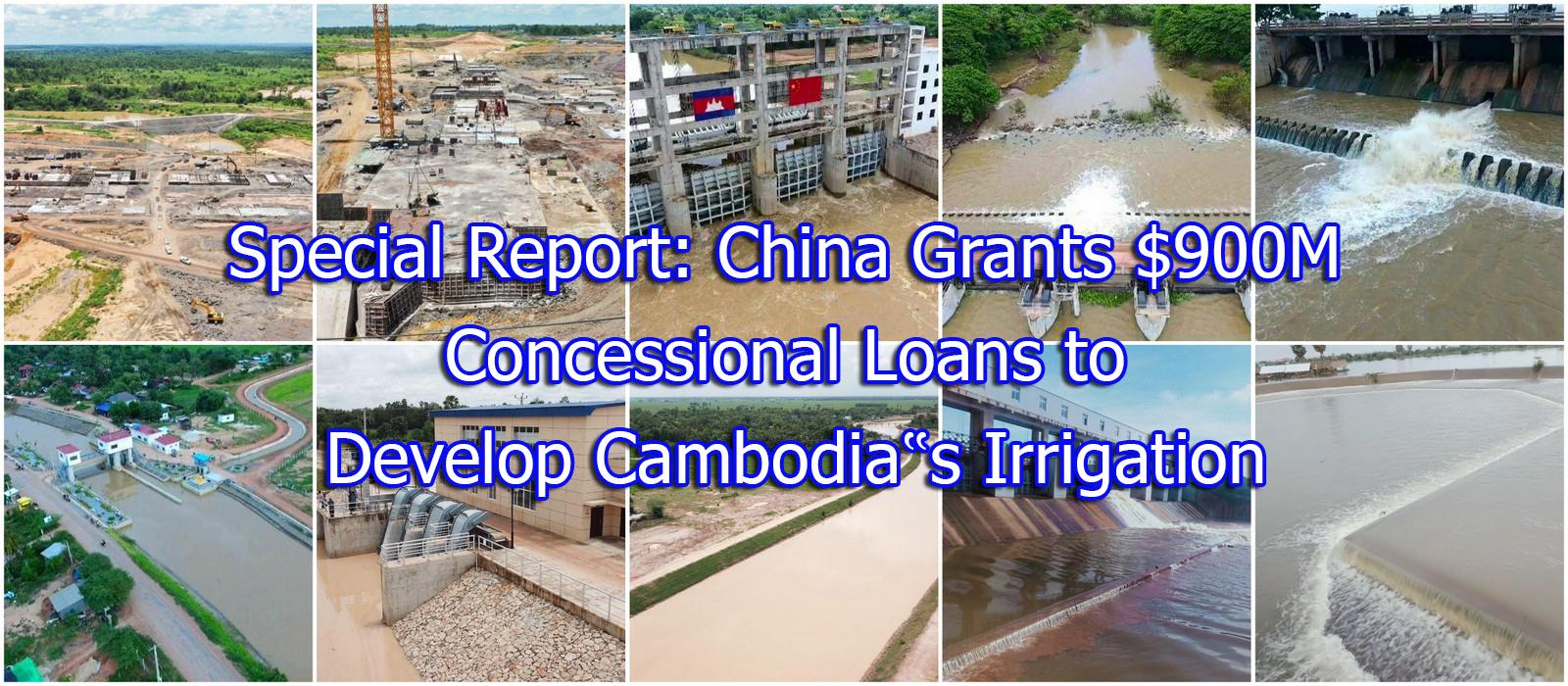
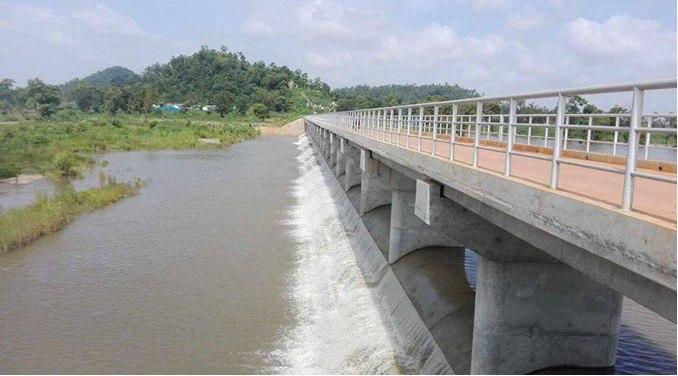
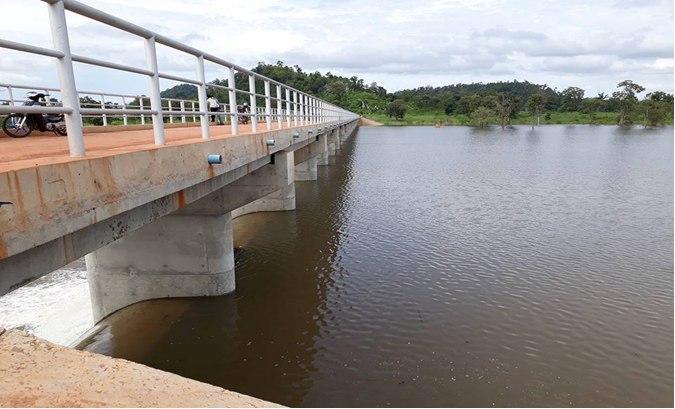

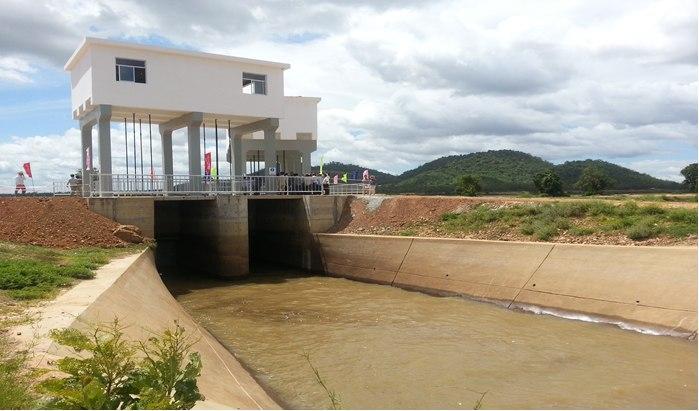
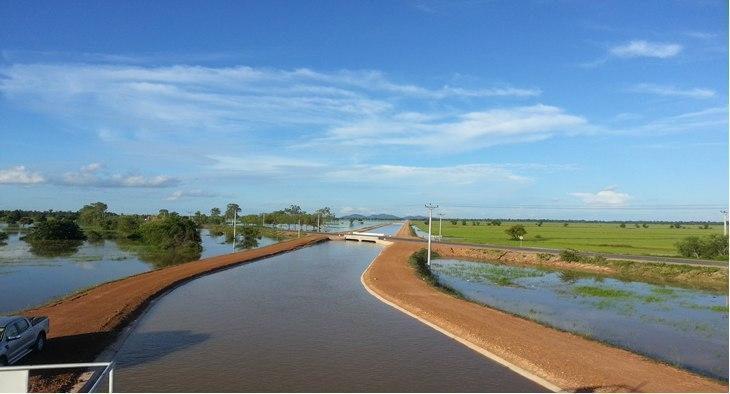
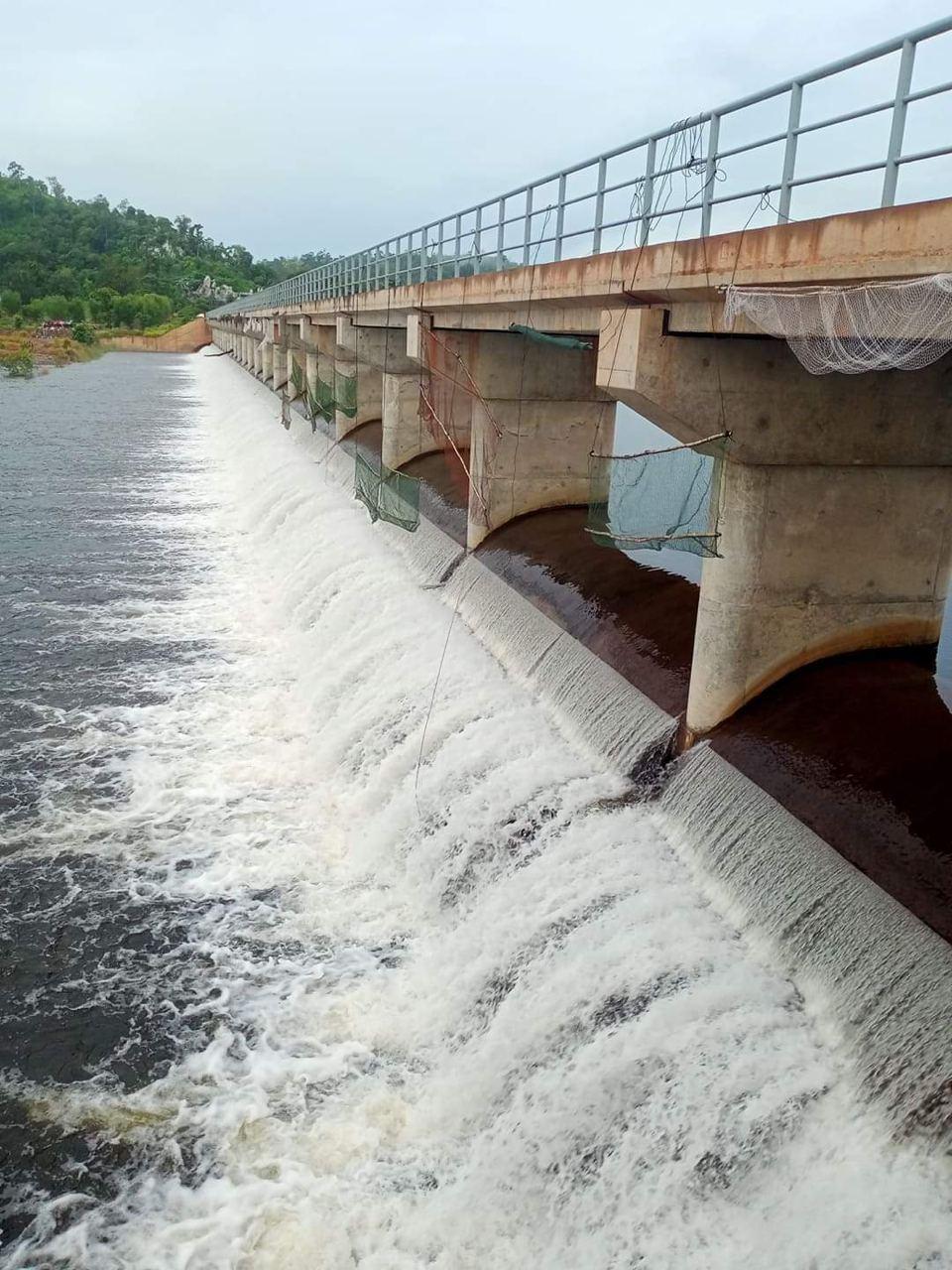
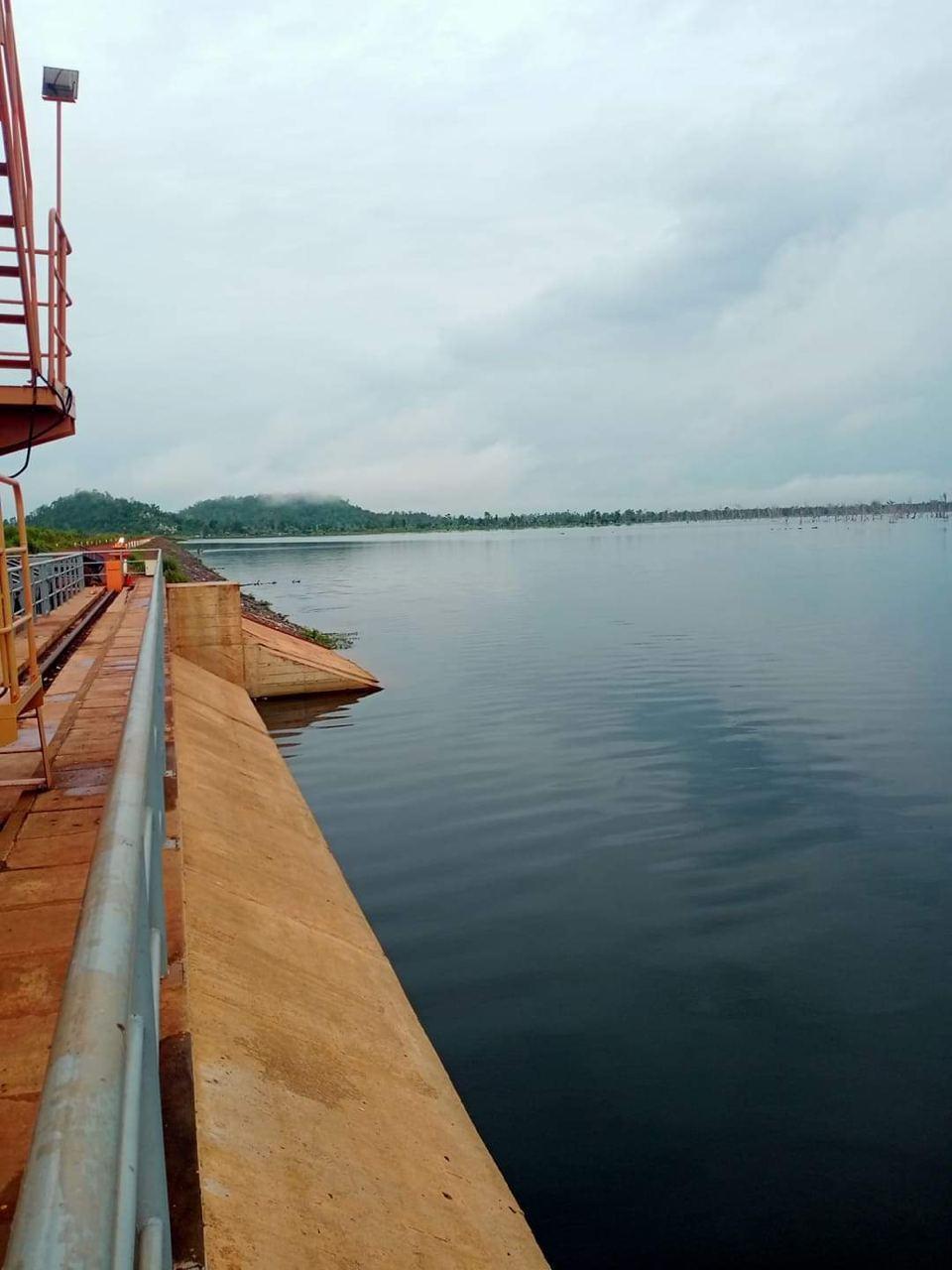

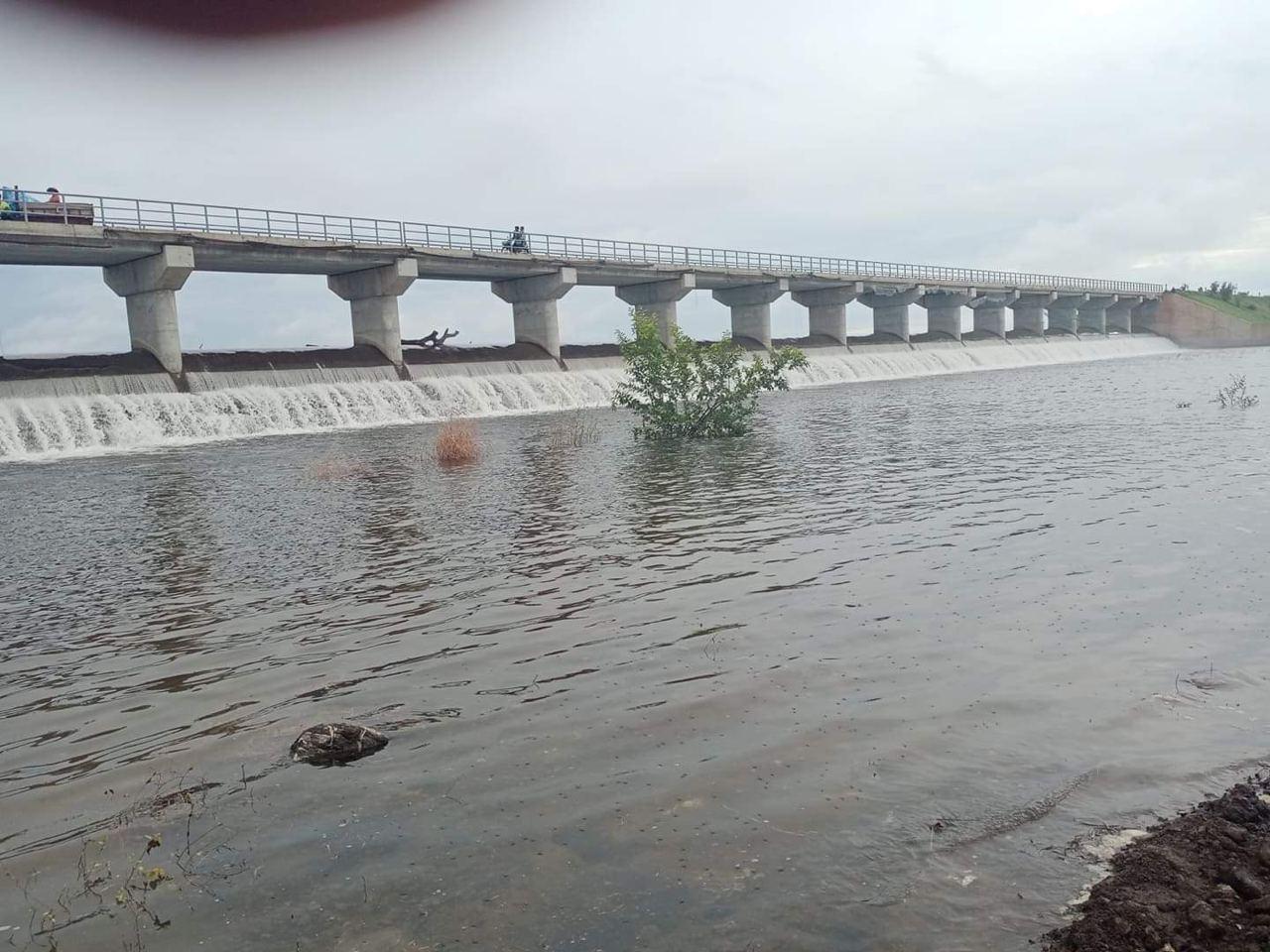
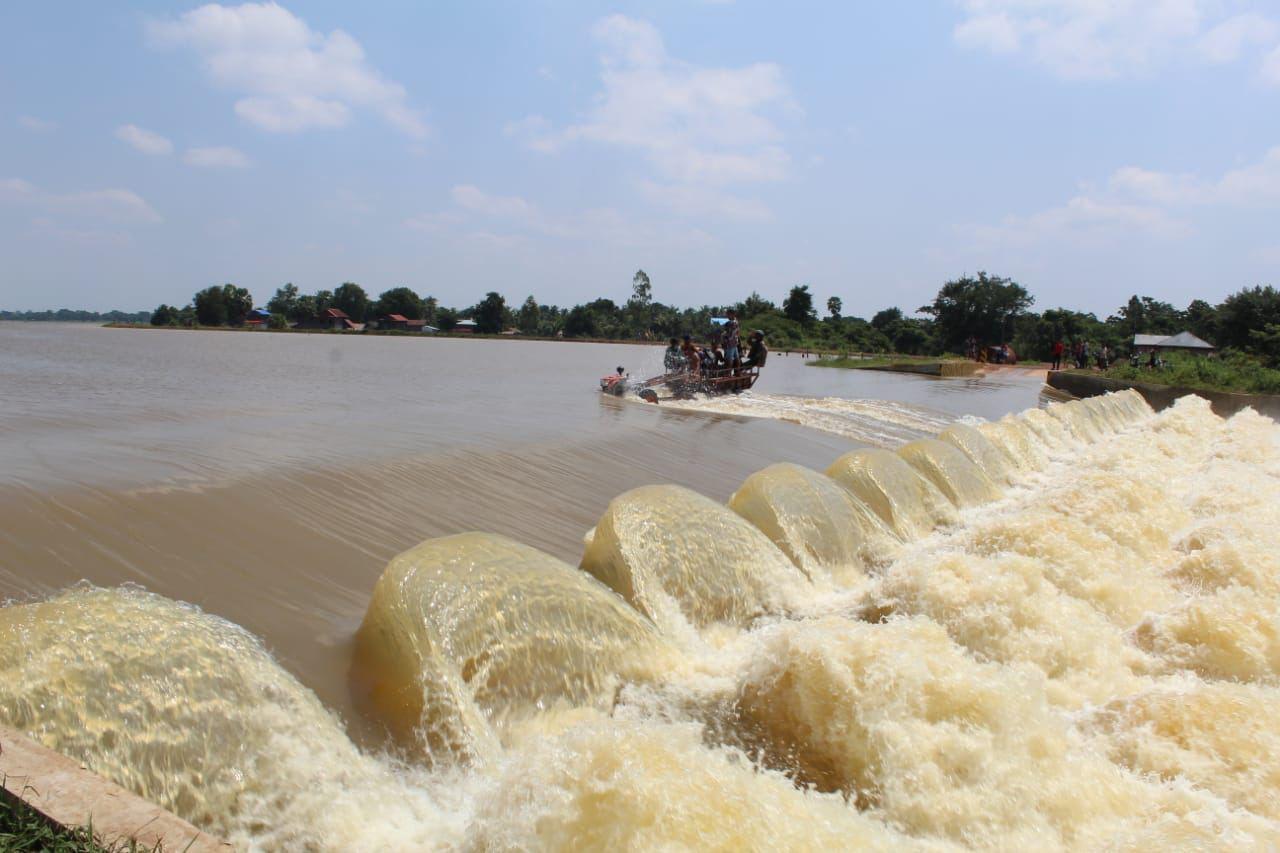
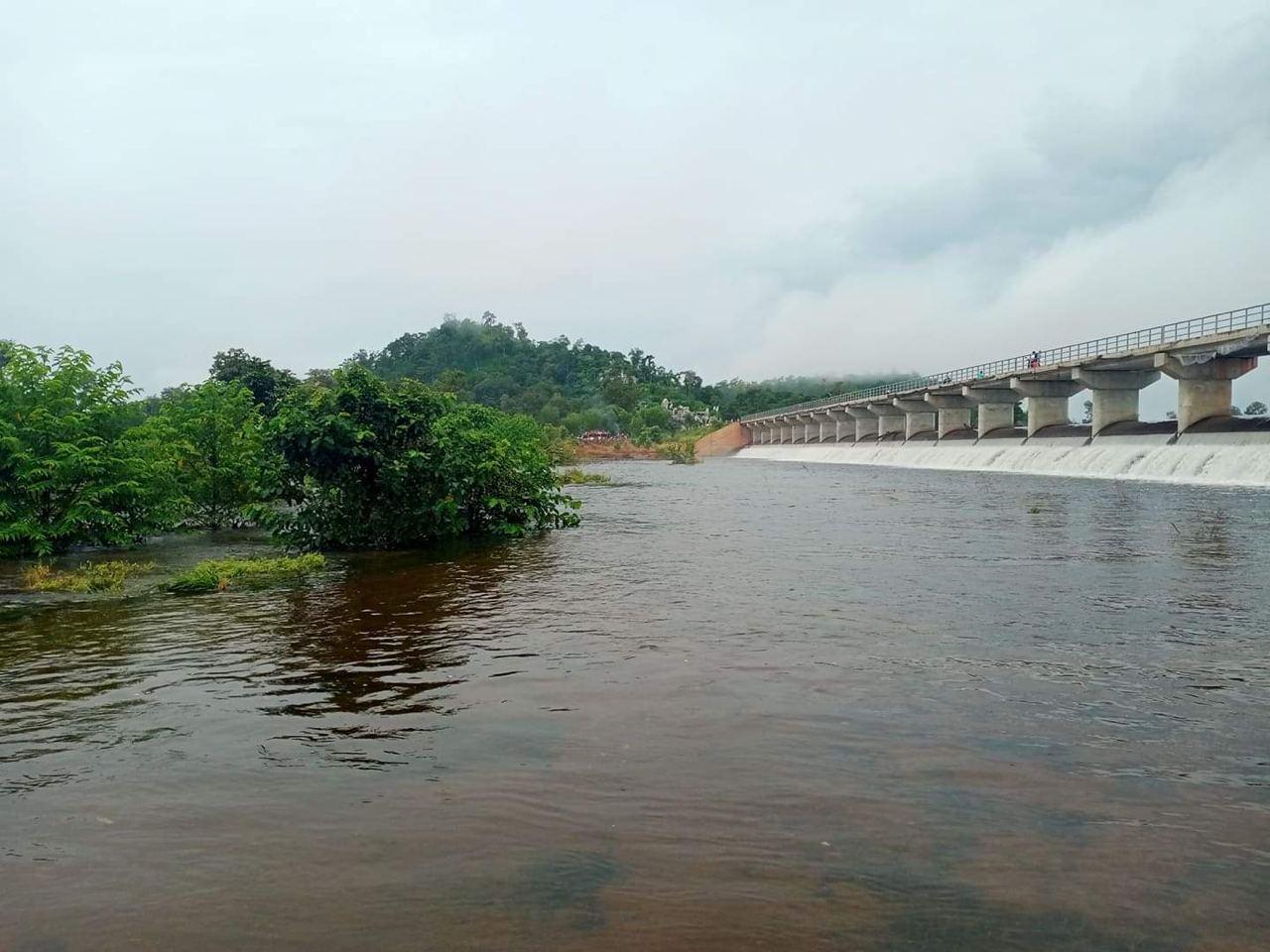
ប្រព័ន្ធធារាសាស្ត្រស្រែង២ ក្នុងខេត្តឧត្តរមានជ័យ
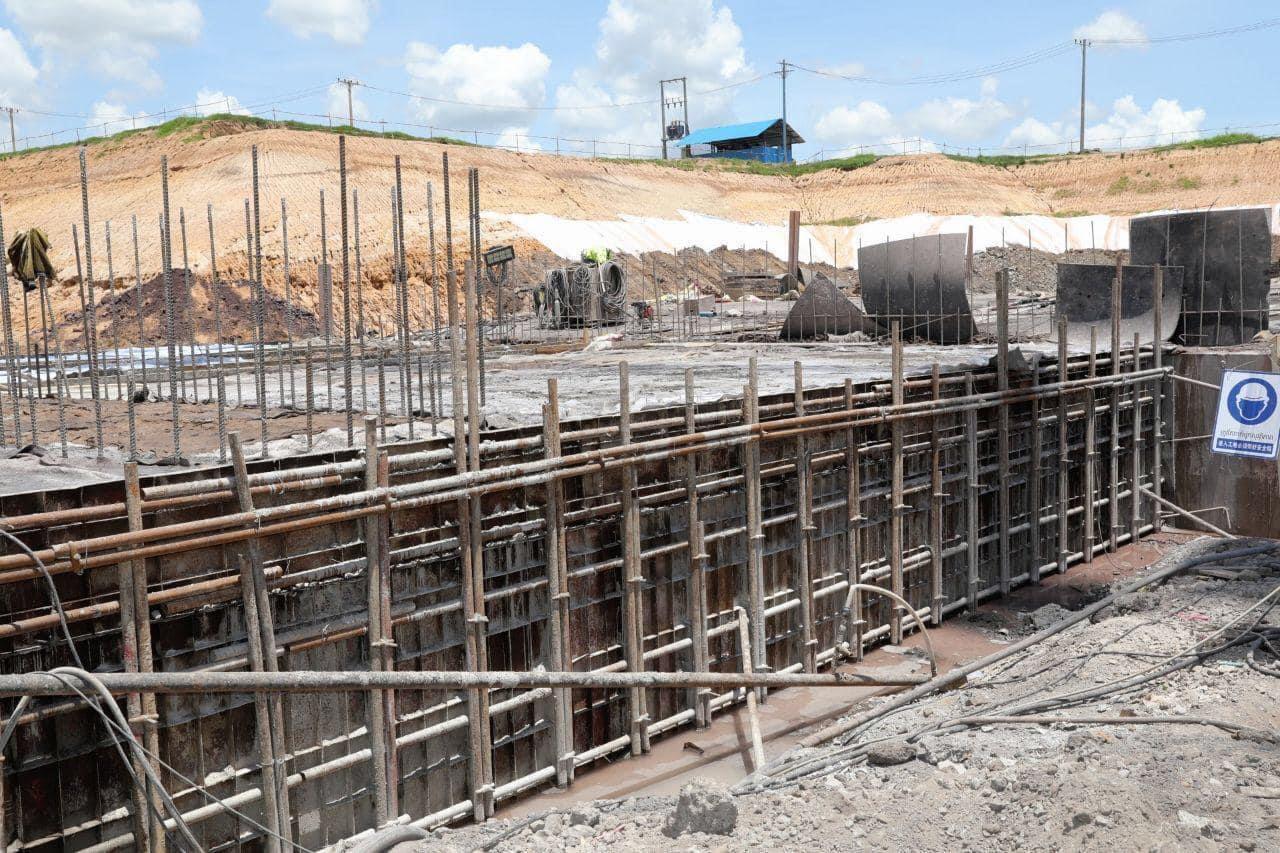
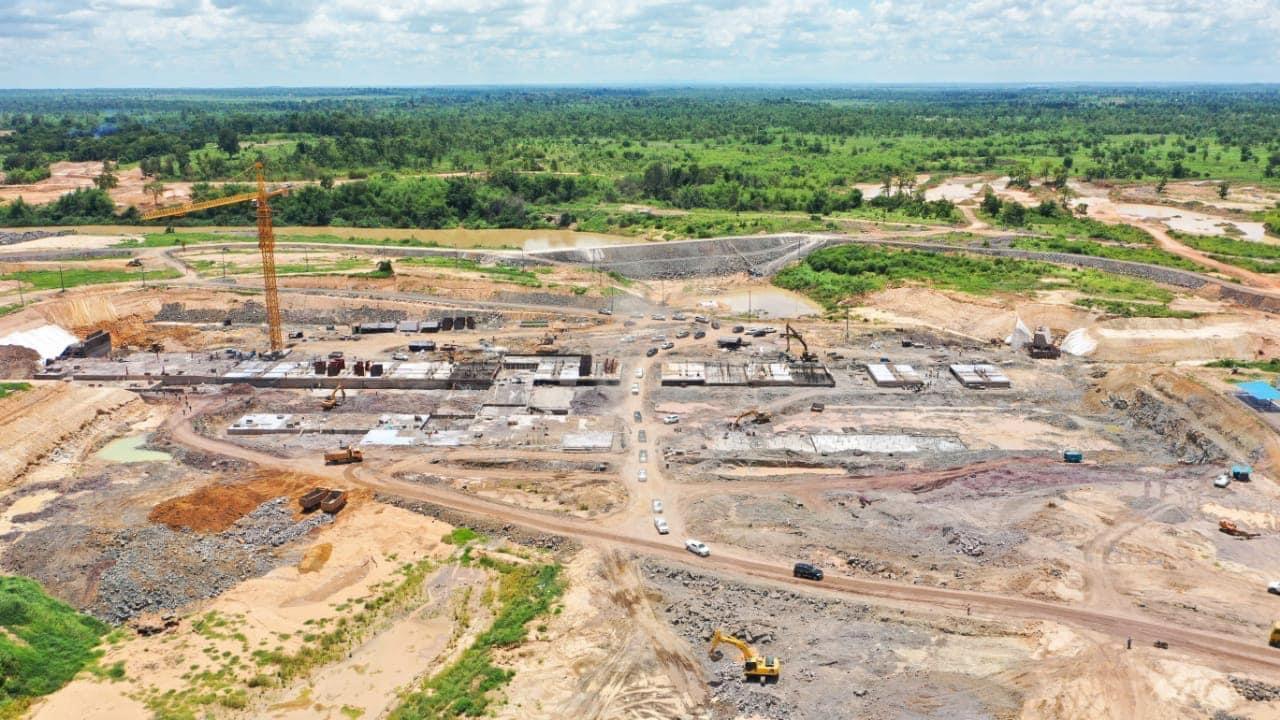
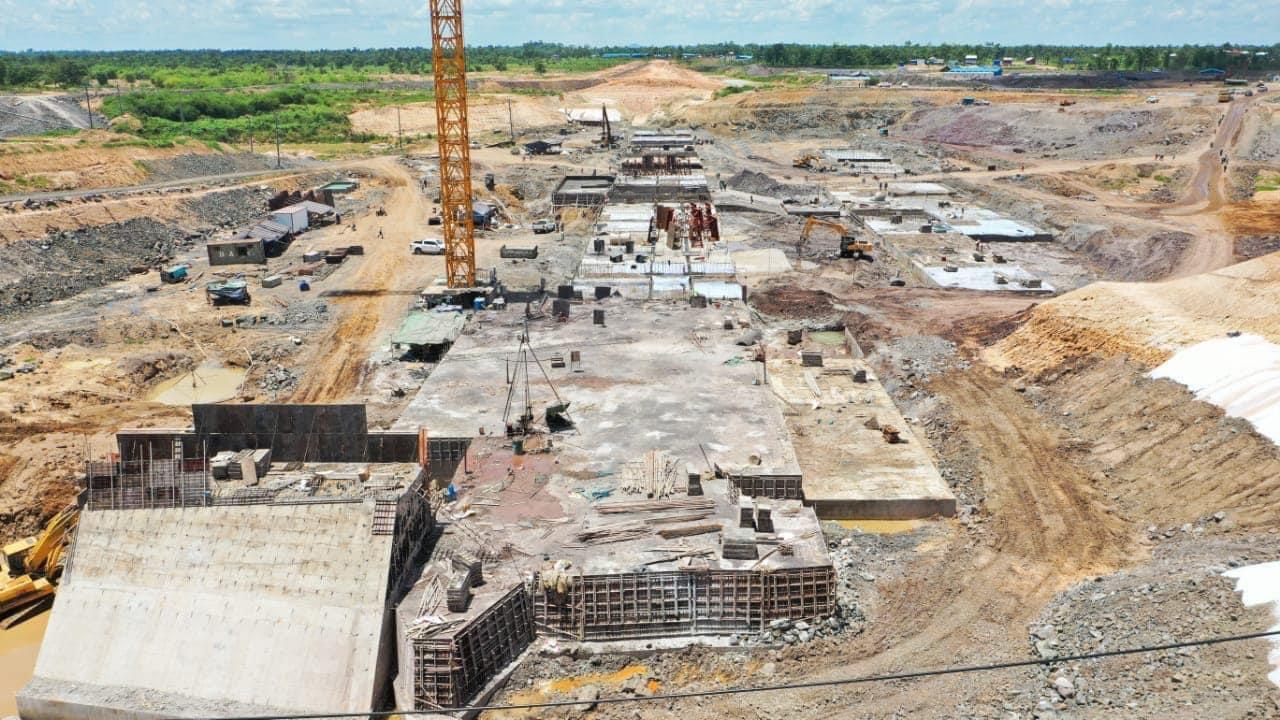
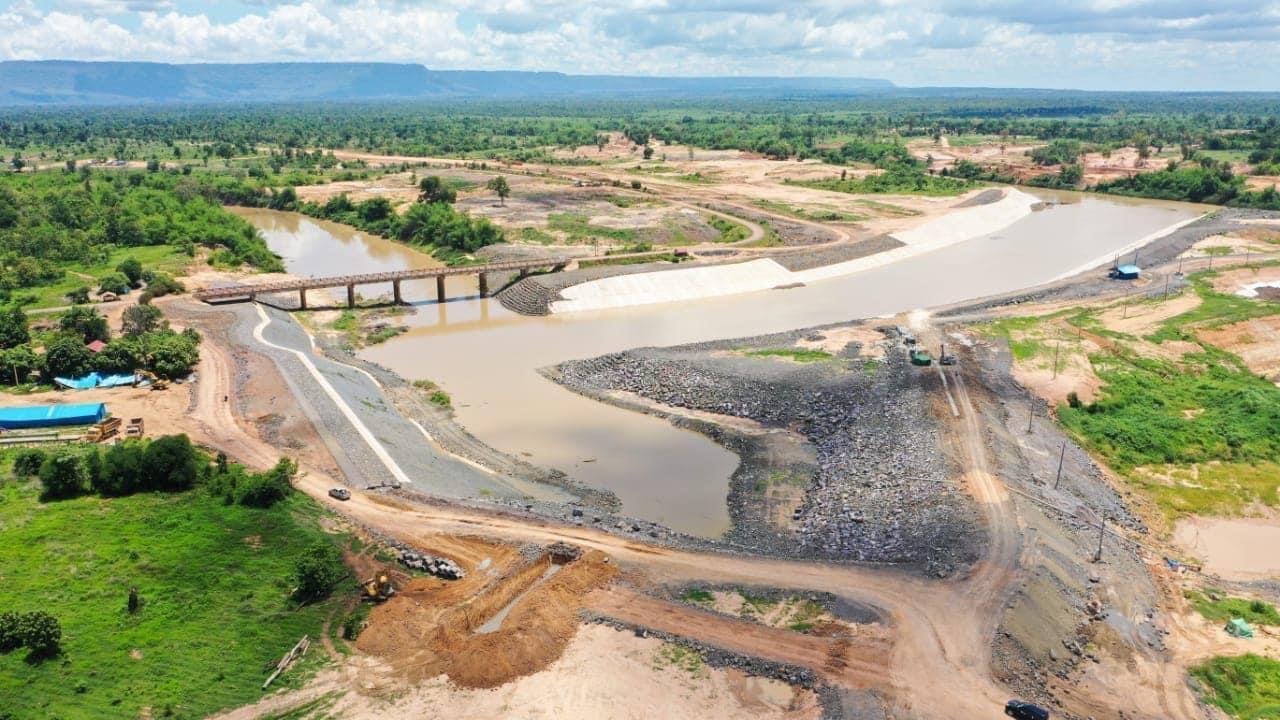

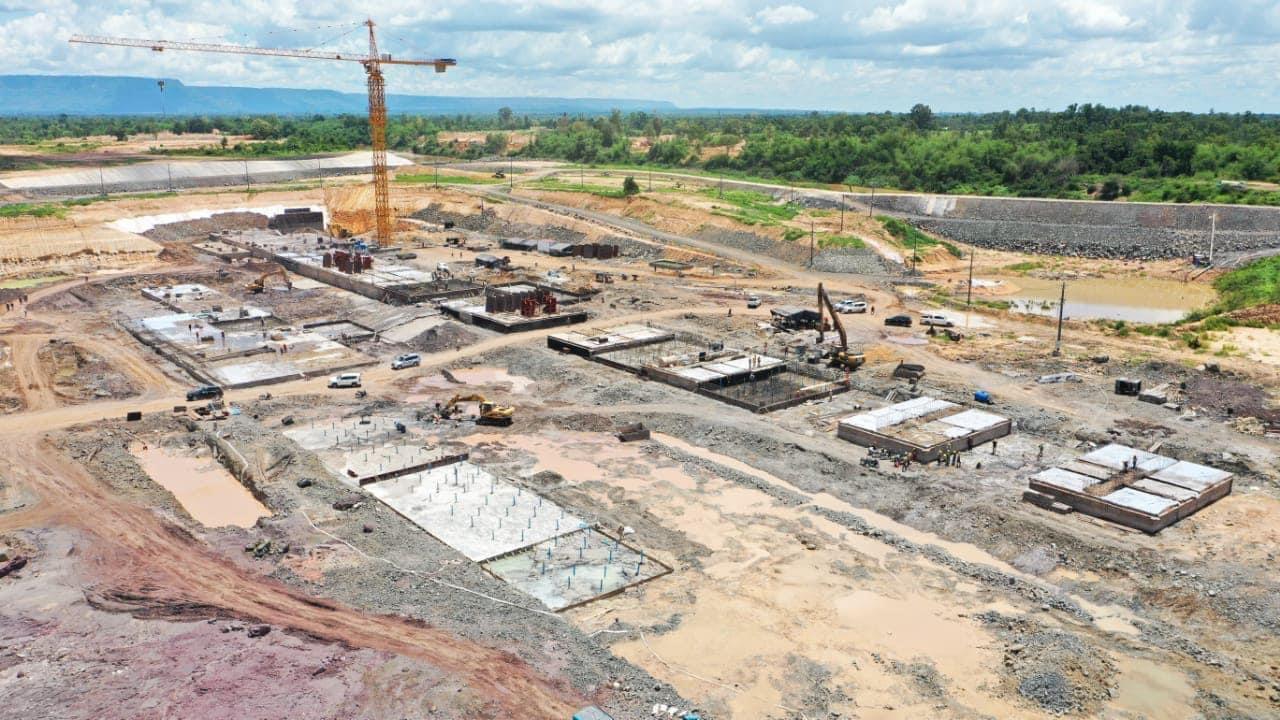
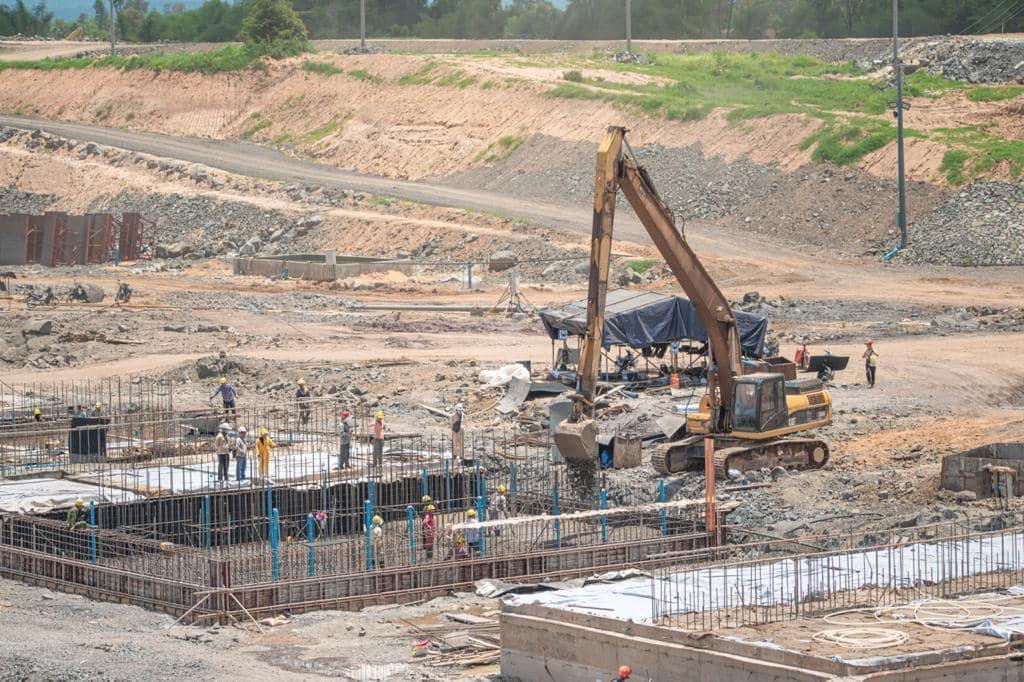
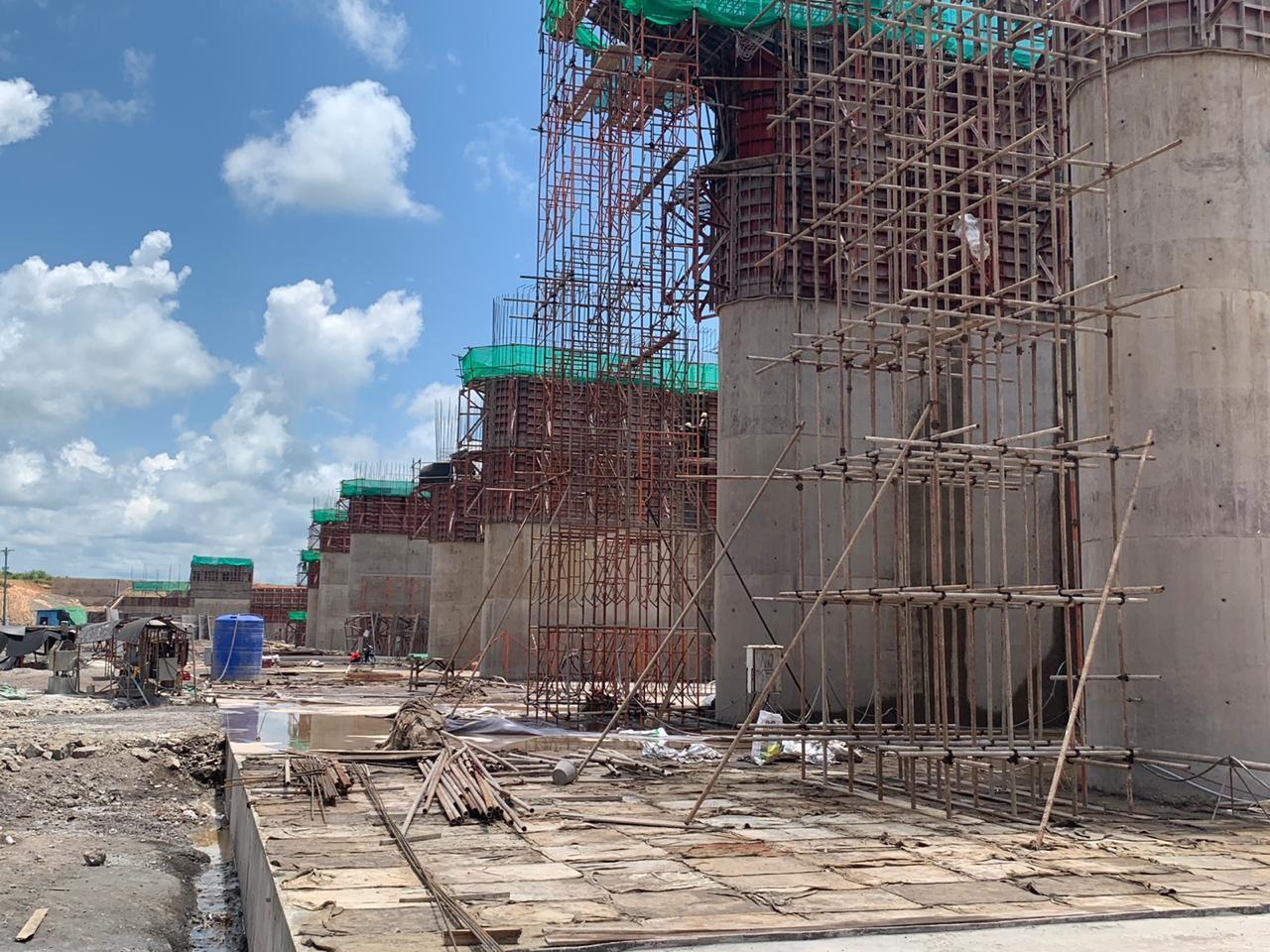
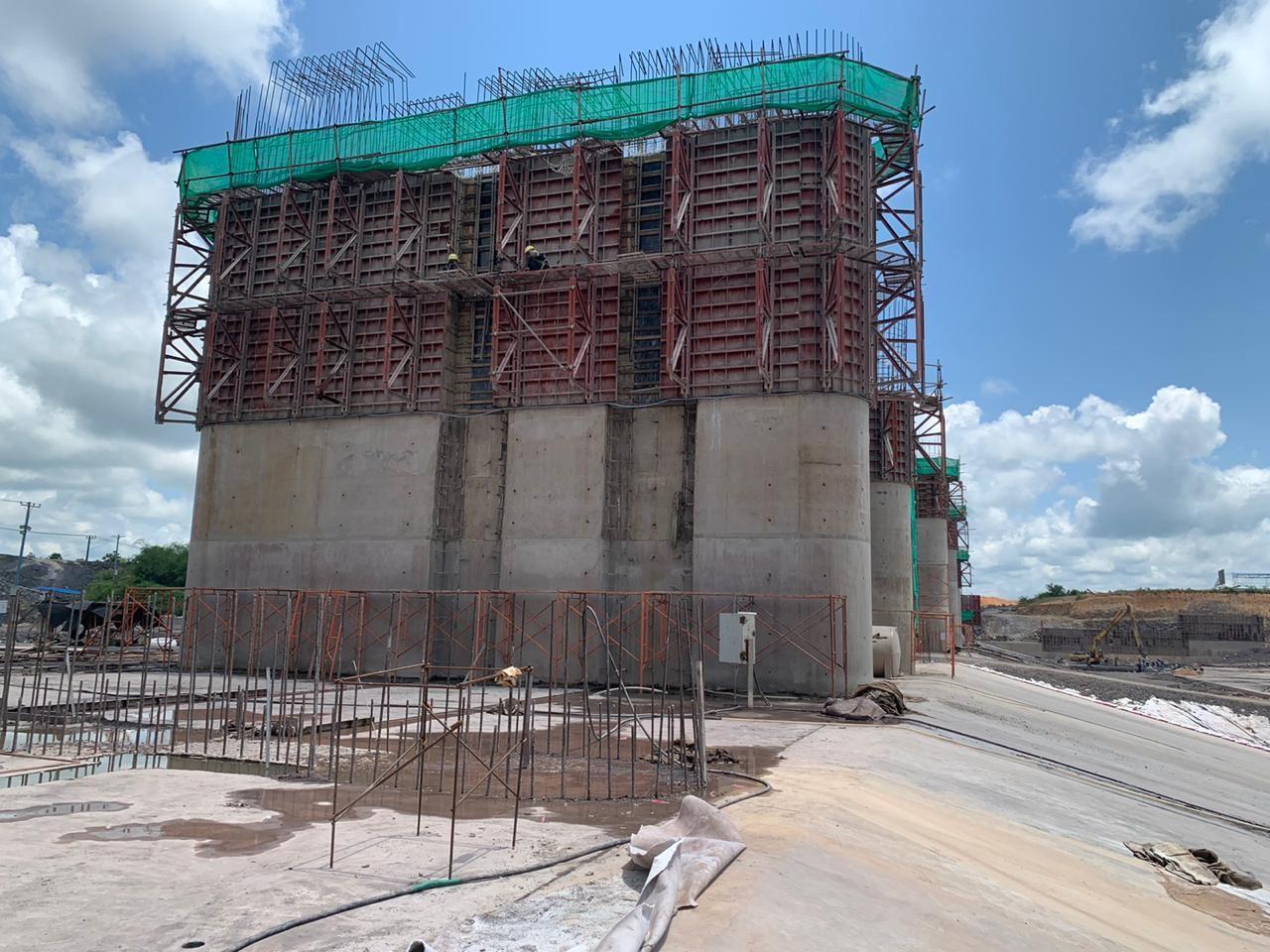
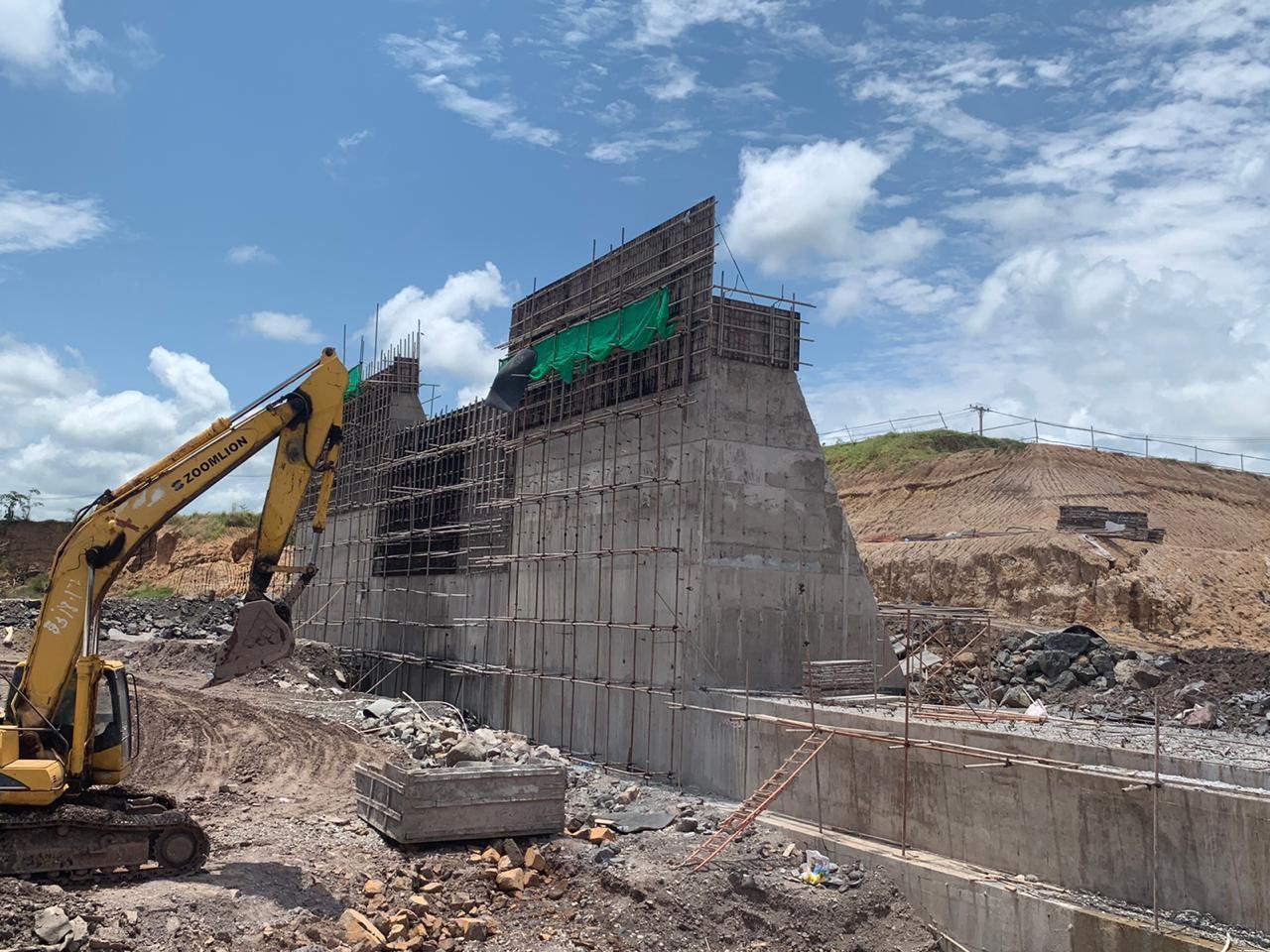
អាងទឹករក្សា ស្ថិតក្នុងខេត្តព្រះវិហារ
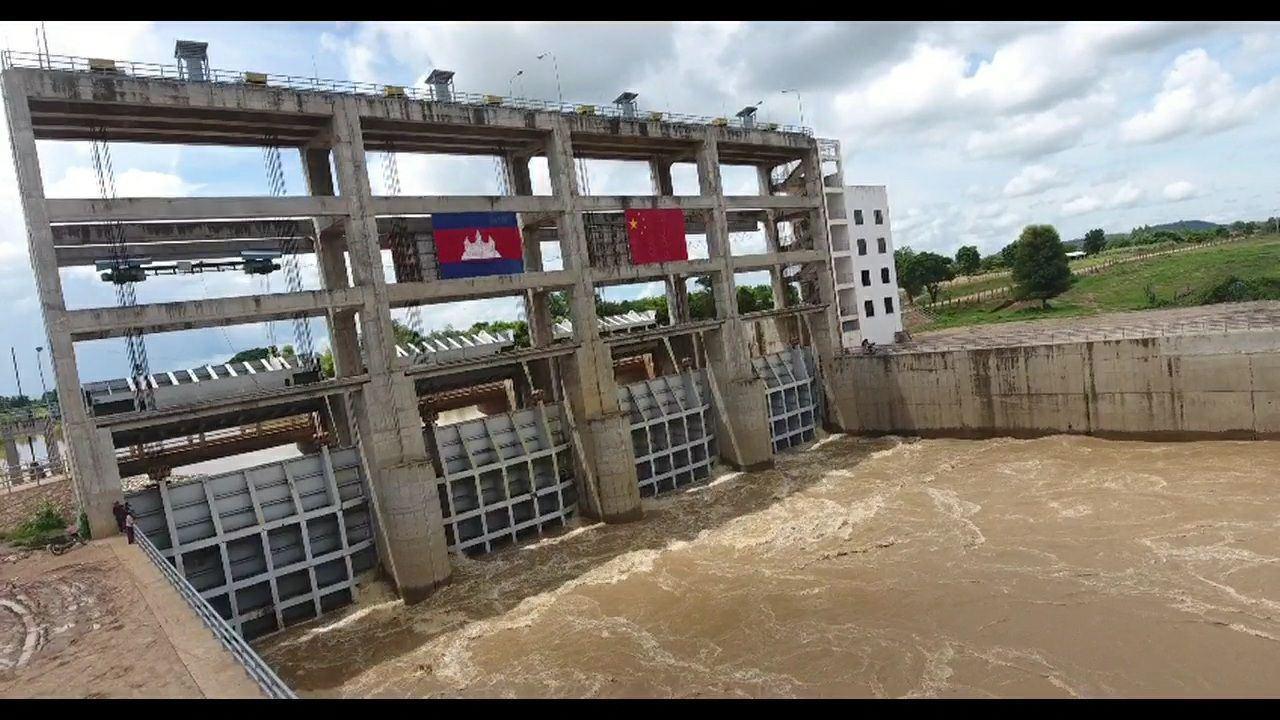
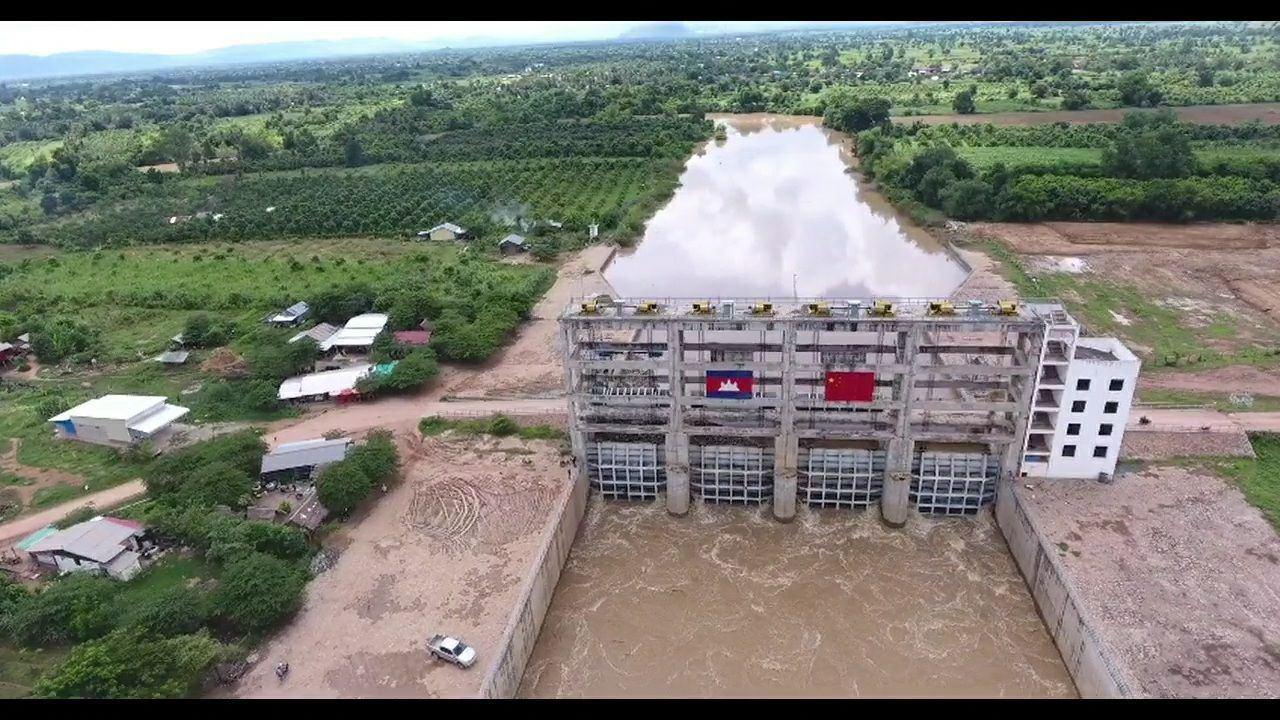
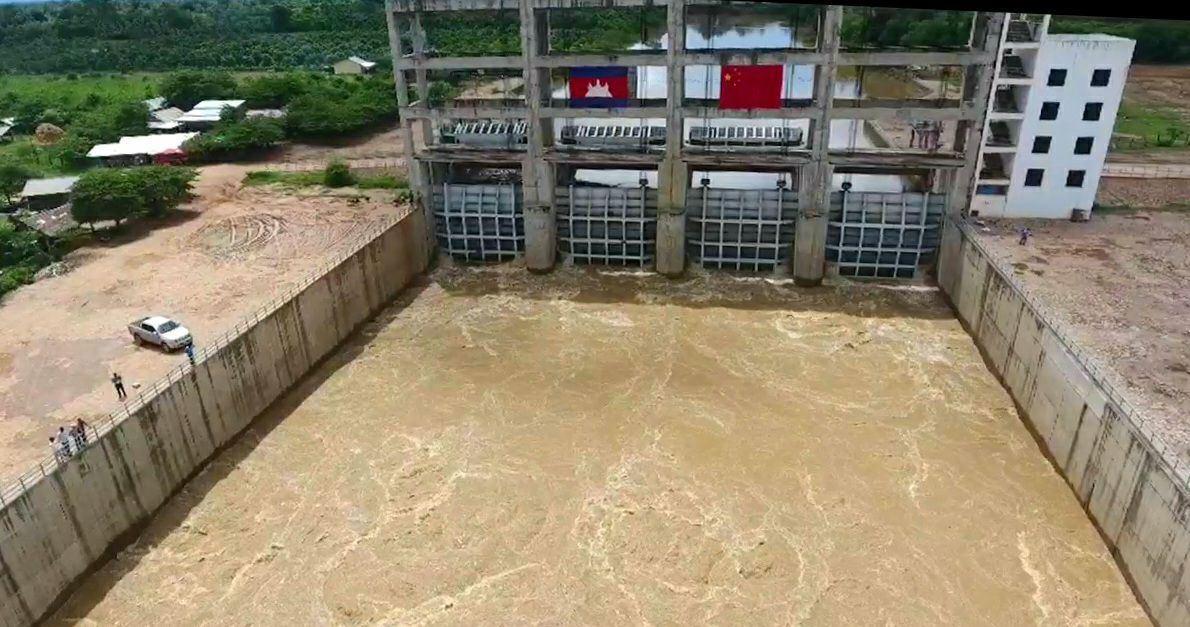
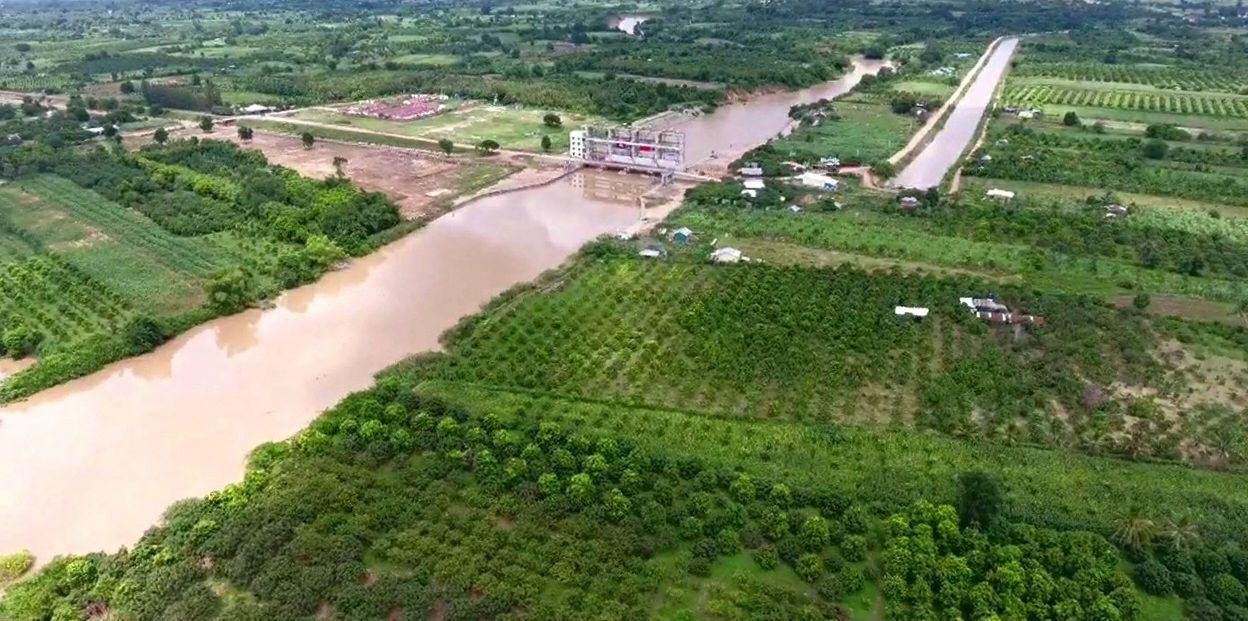
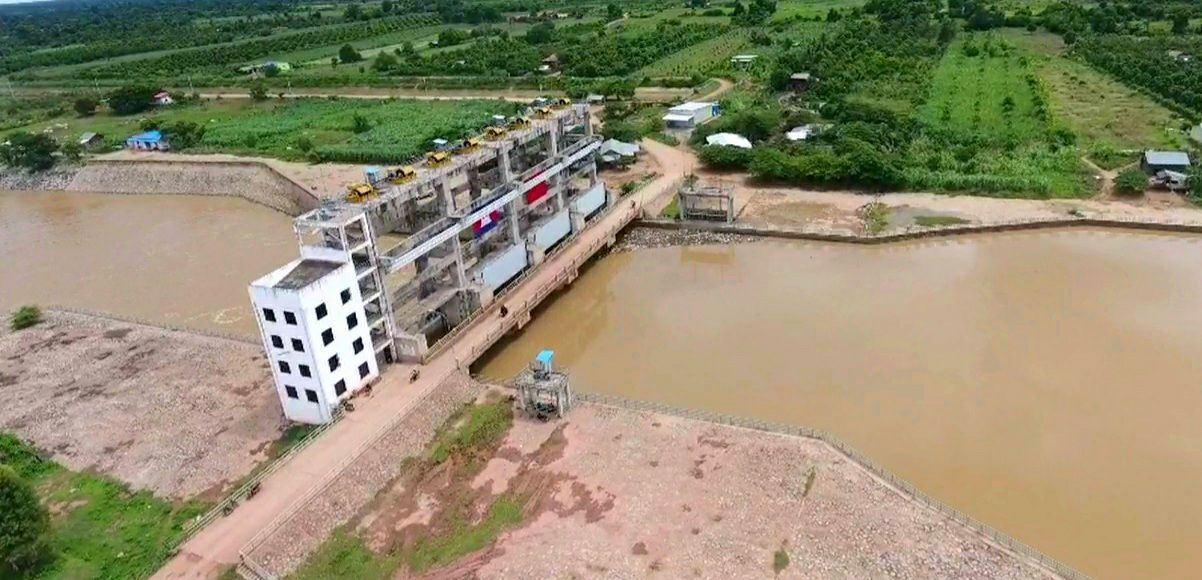
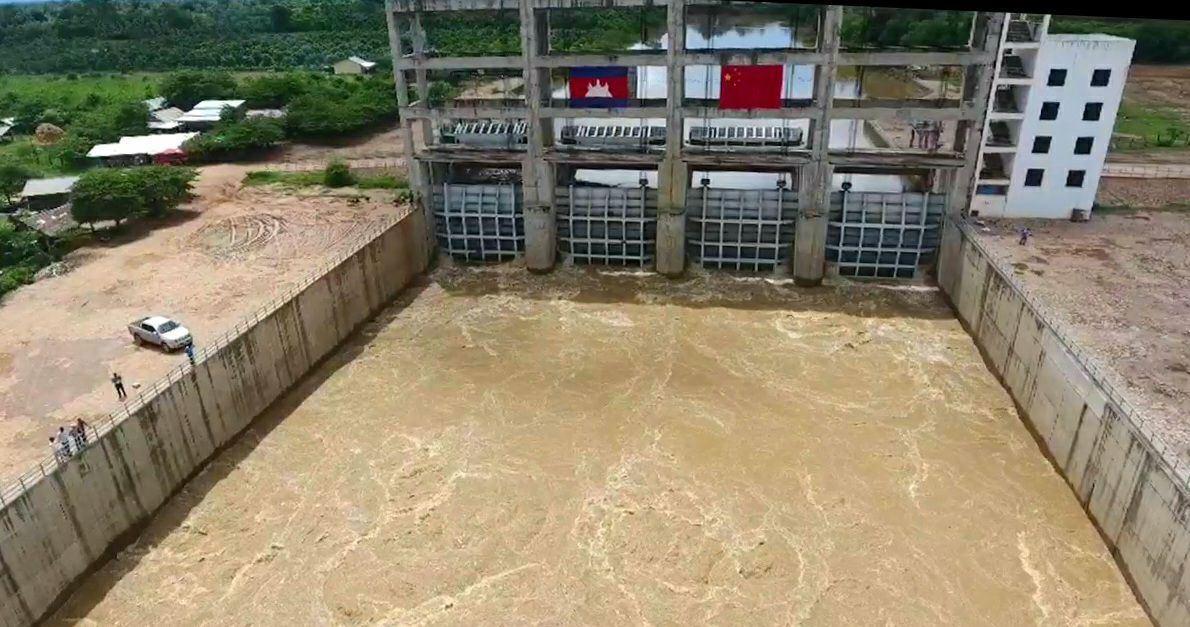
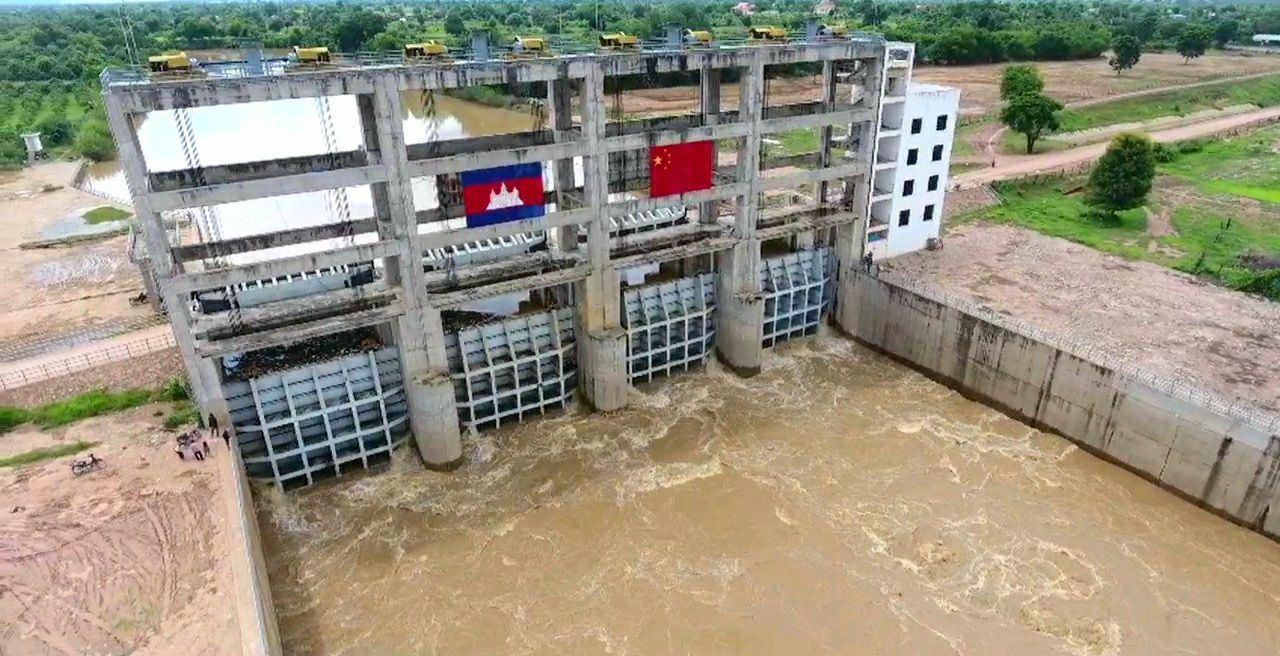
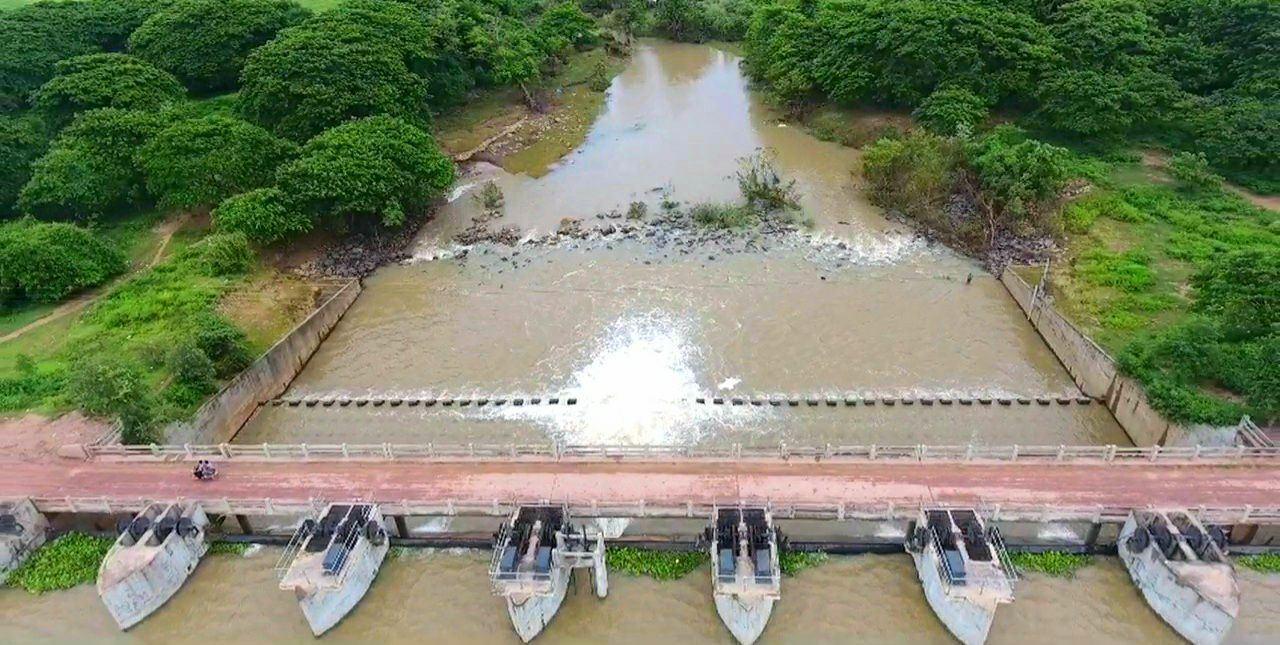

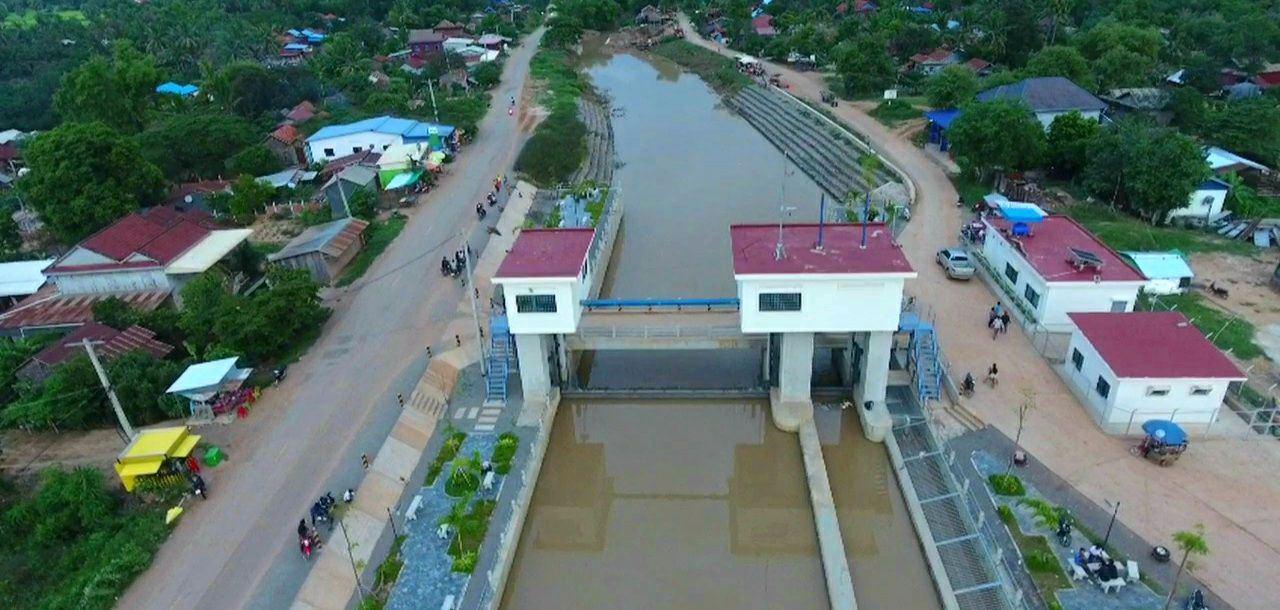
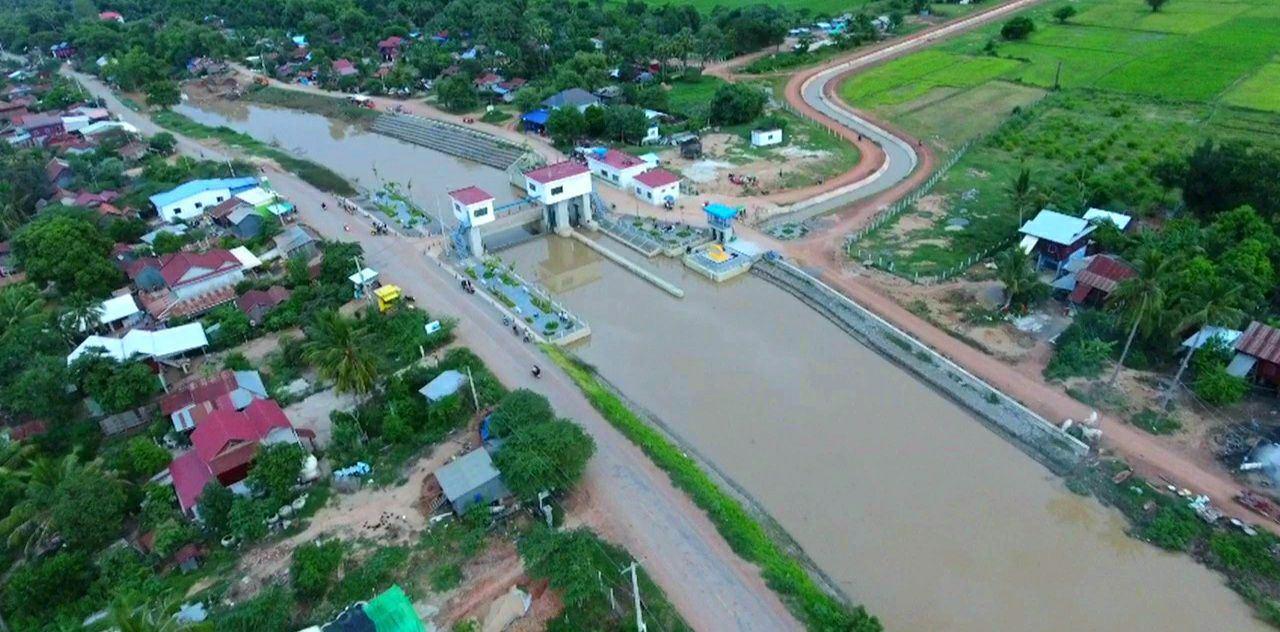
ប្រព័ន្ធធារាសាស្ត្រកង្ហត ស្ថិតក្នុងខេត្តបាត់ដំបង
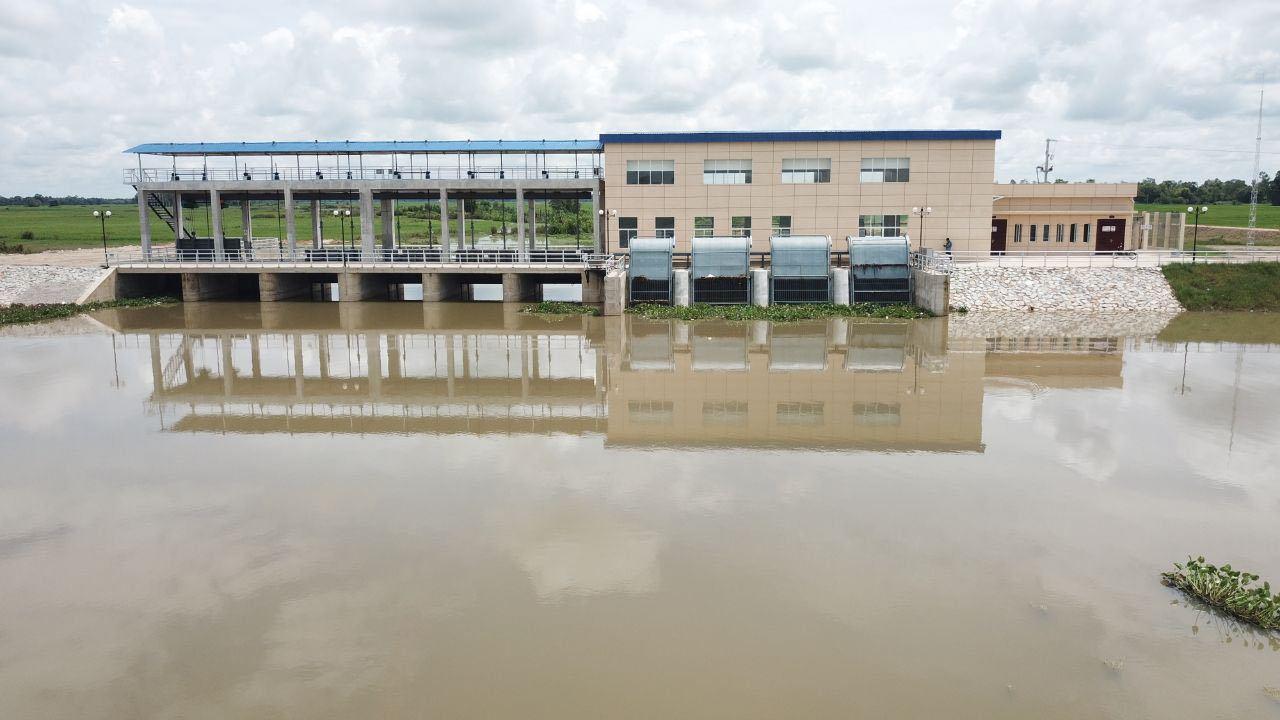
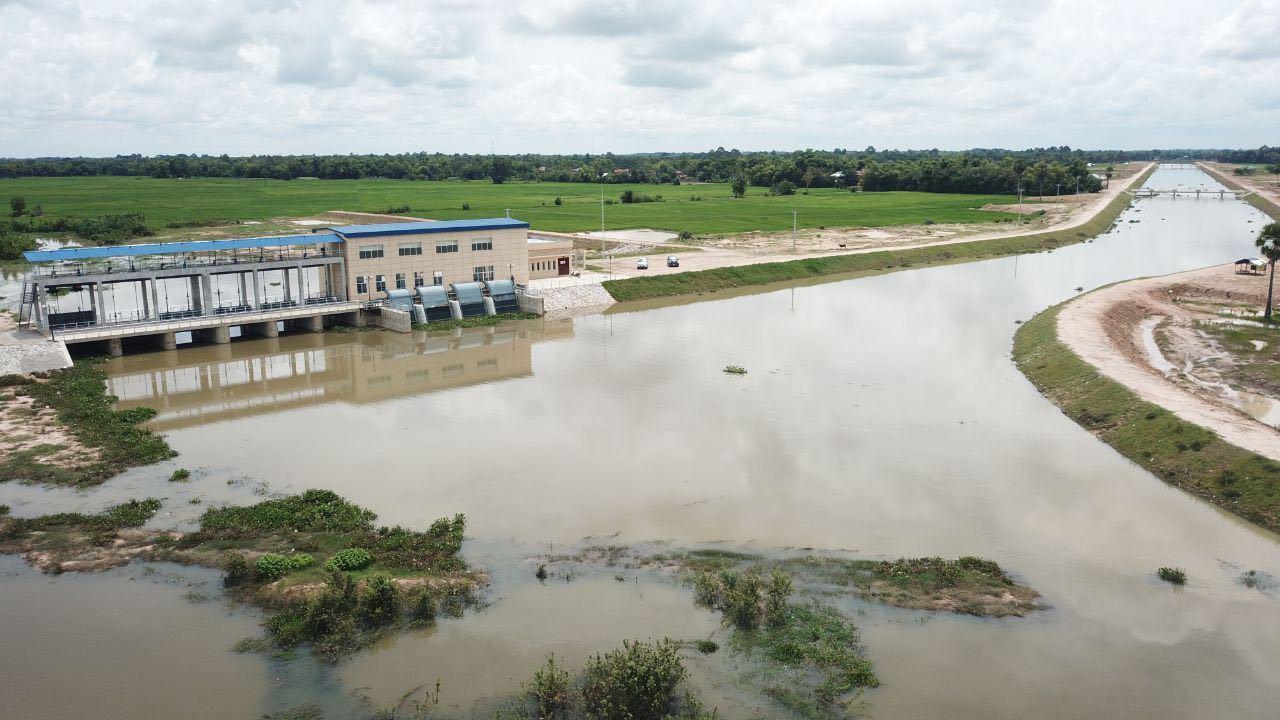
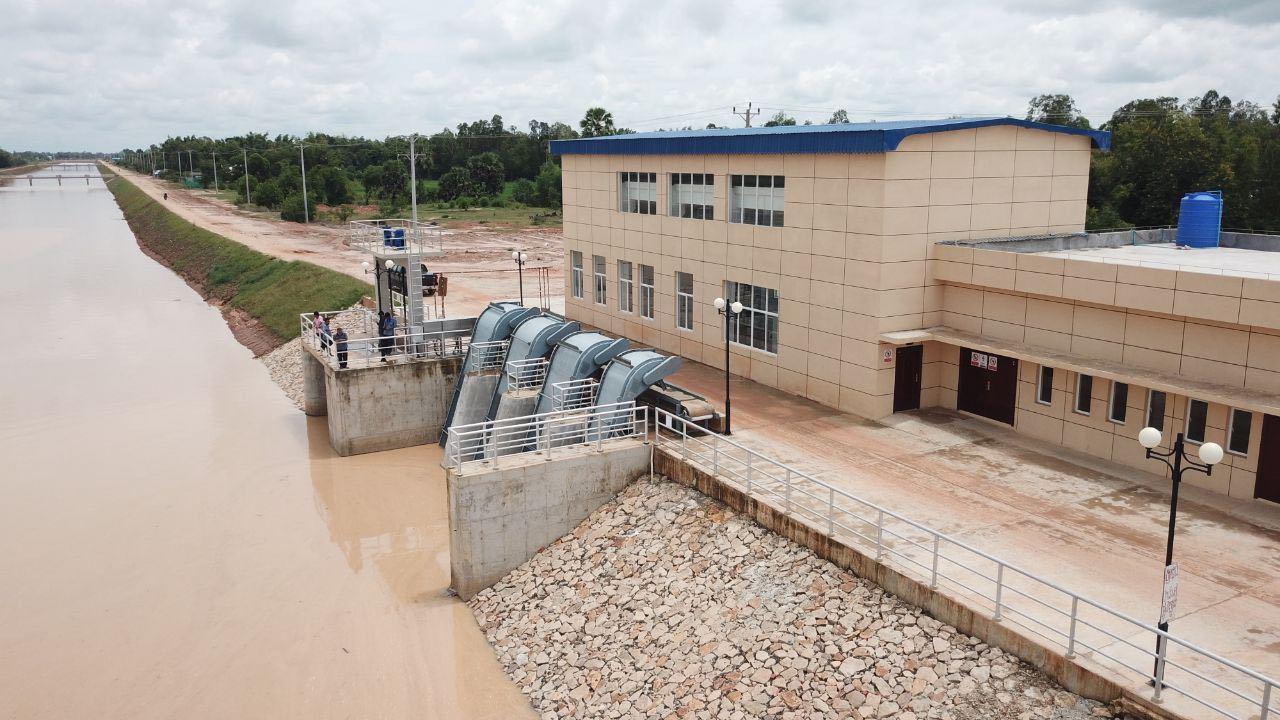
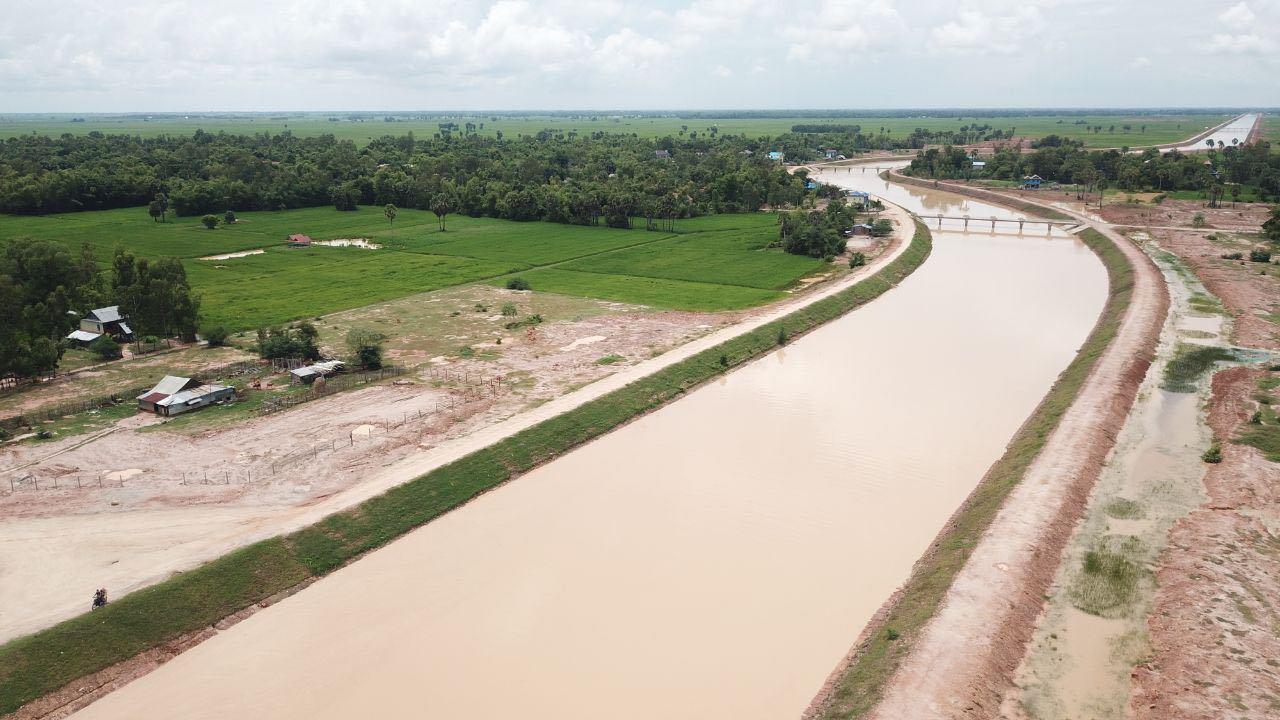
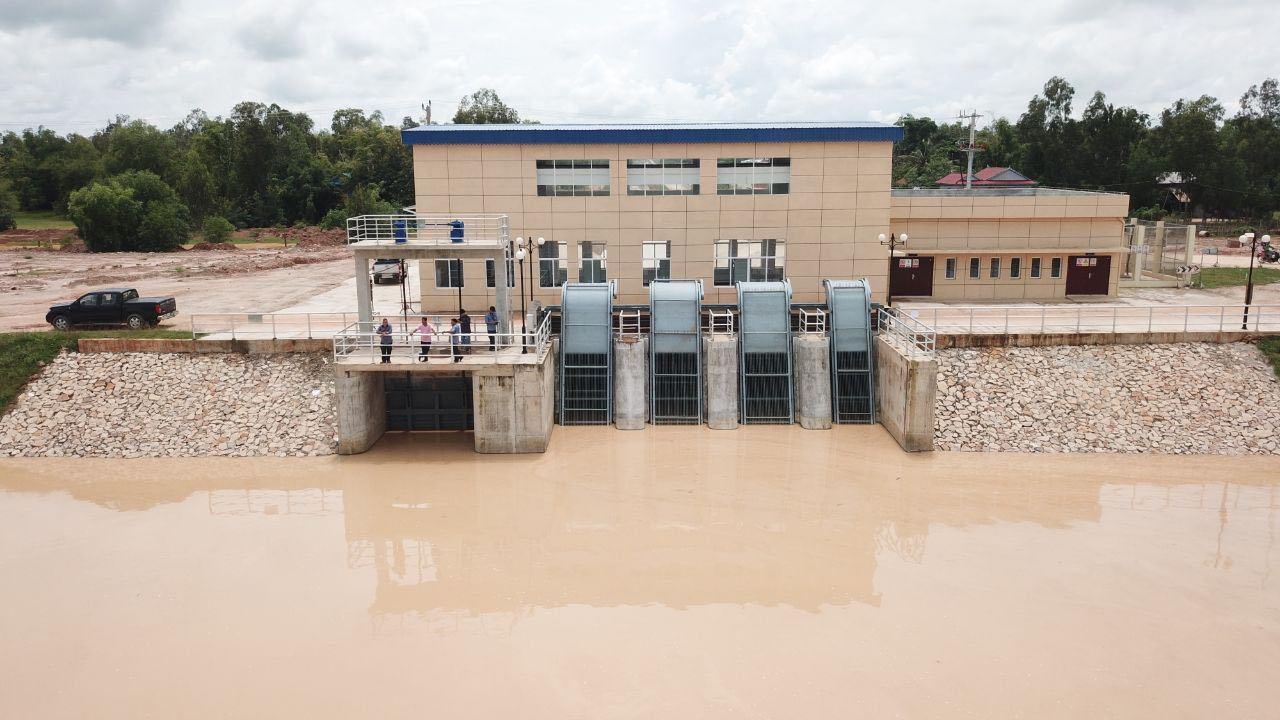
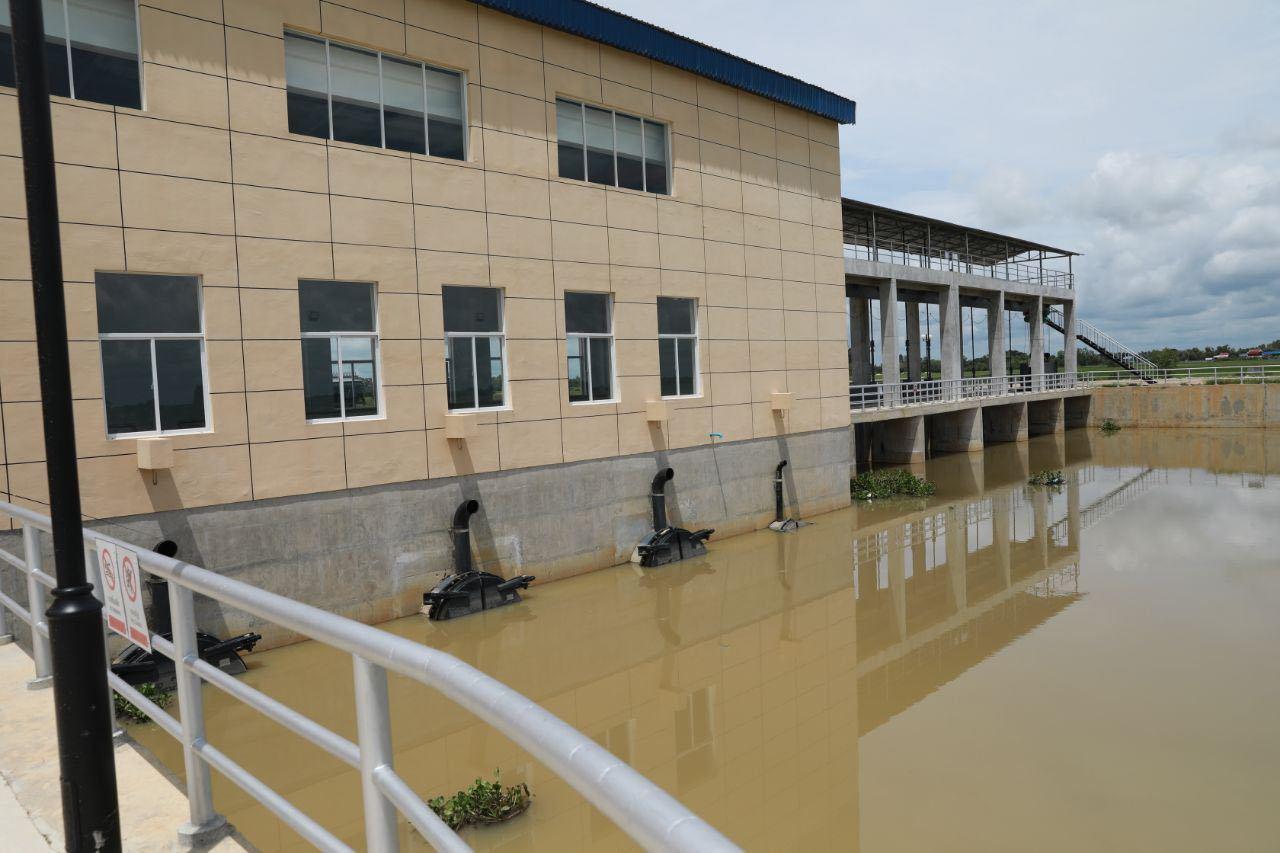
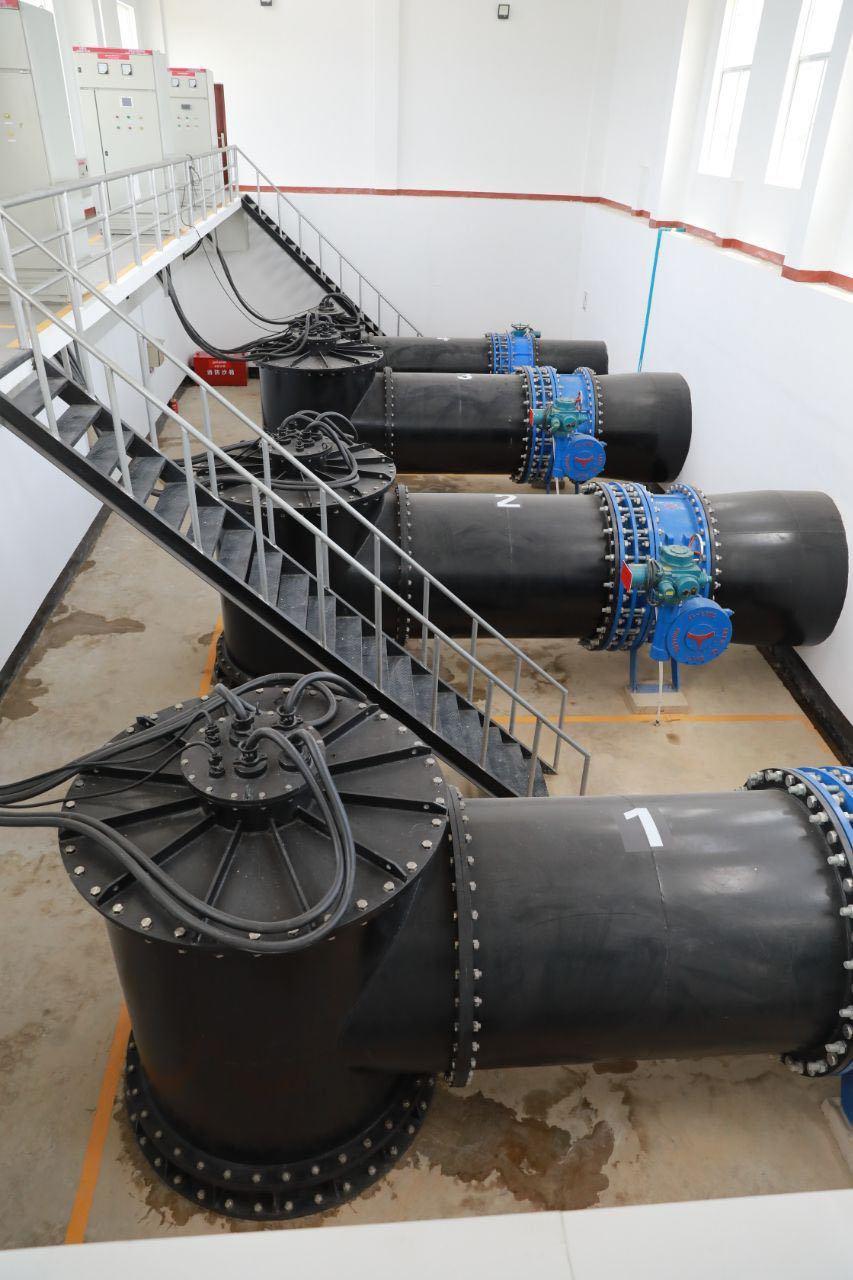
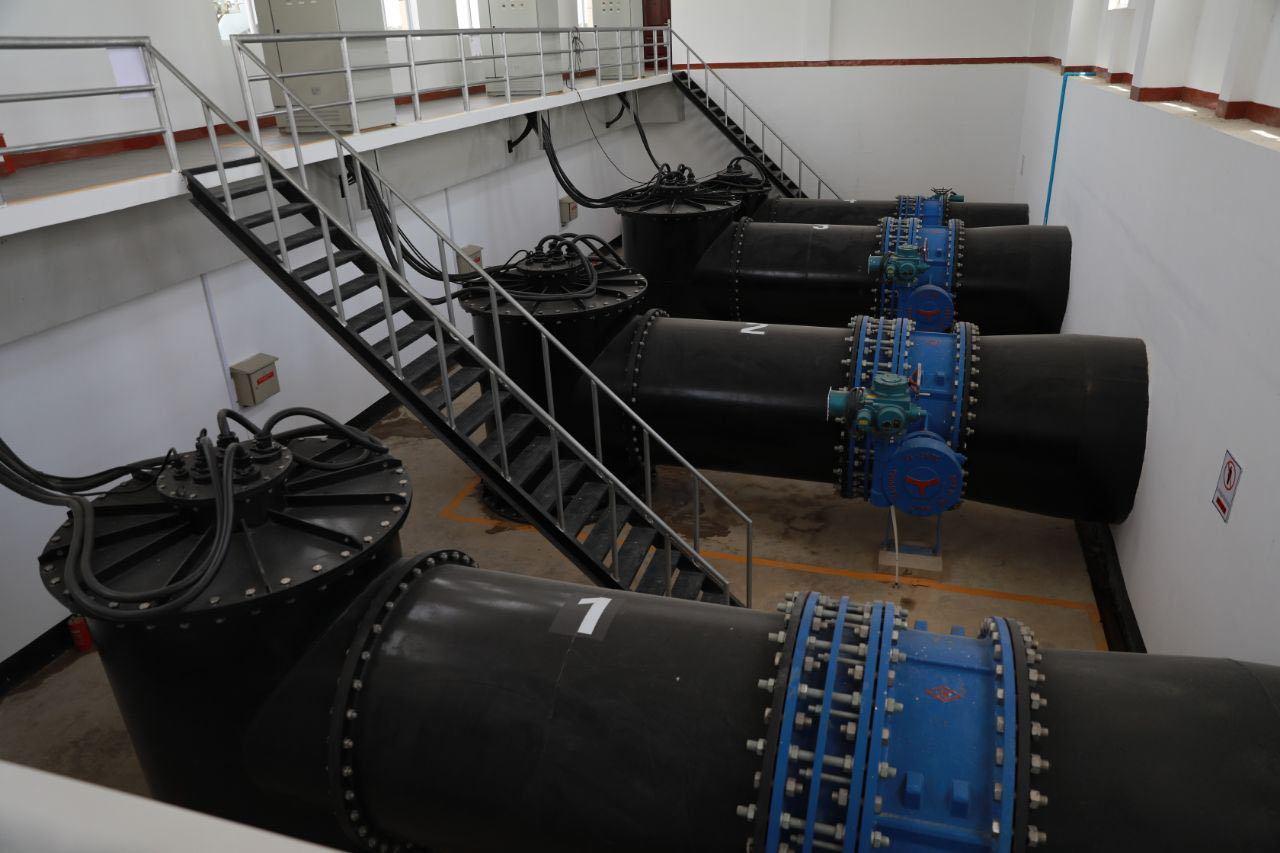
ប្រព័ន្ធ ធារាសាស្ត្រ វ៉ៃ កូរ ស្ថិត ក្នុង ខេត្ត កំពង់ចាម ព្រៃវែង និង ខេត្ត ស្វាយរៀង
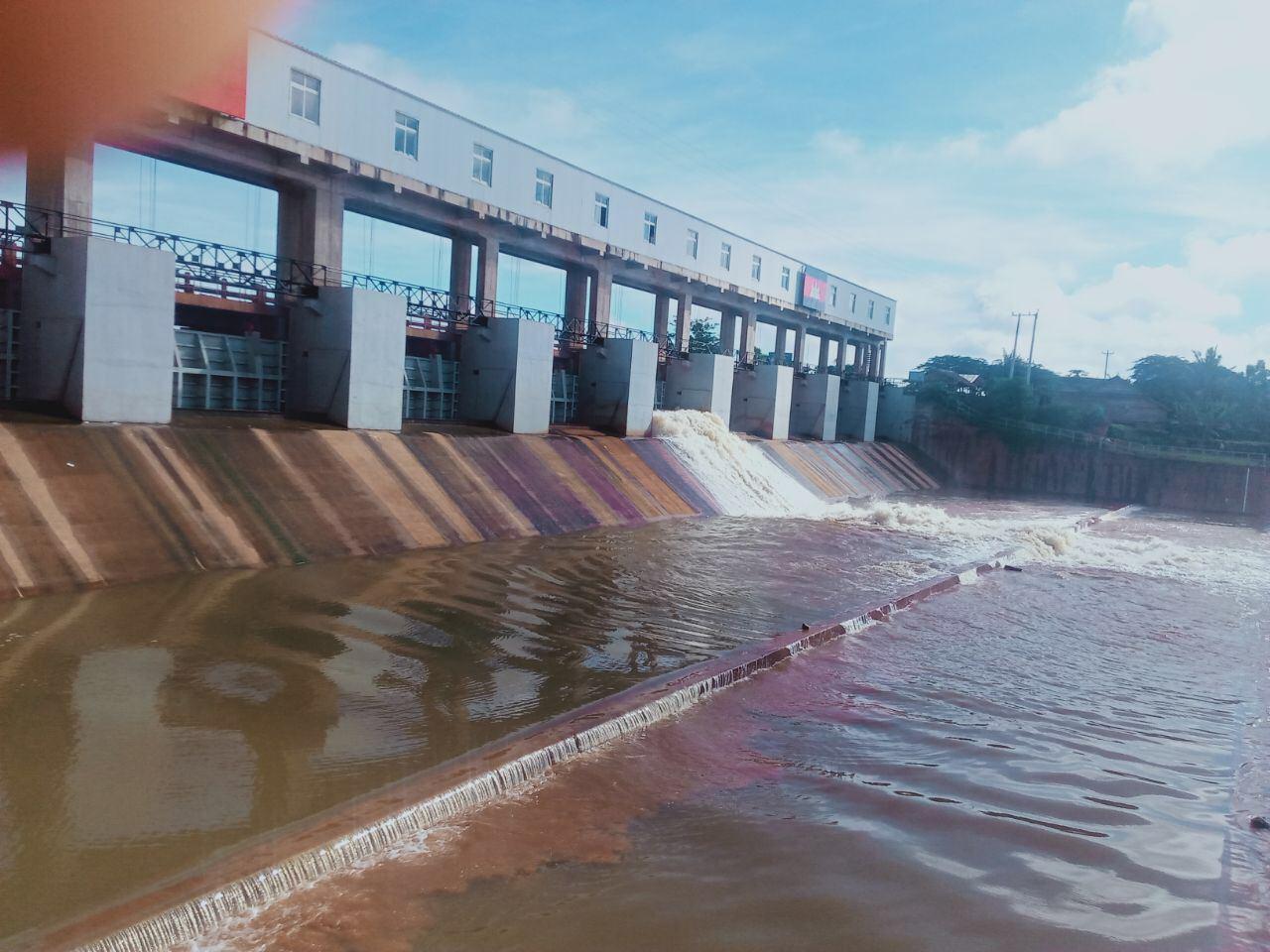

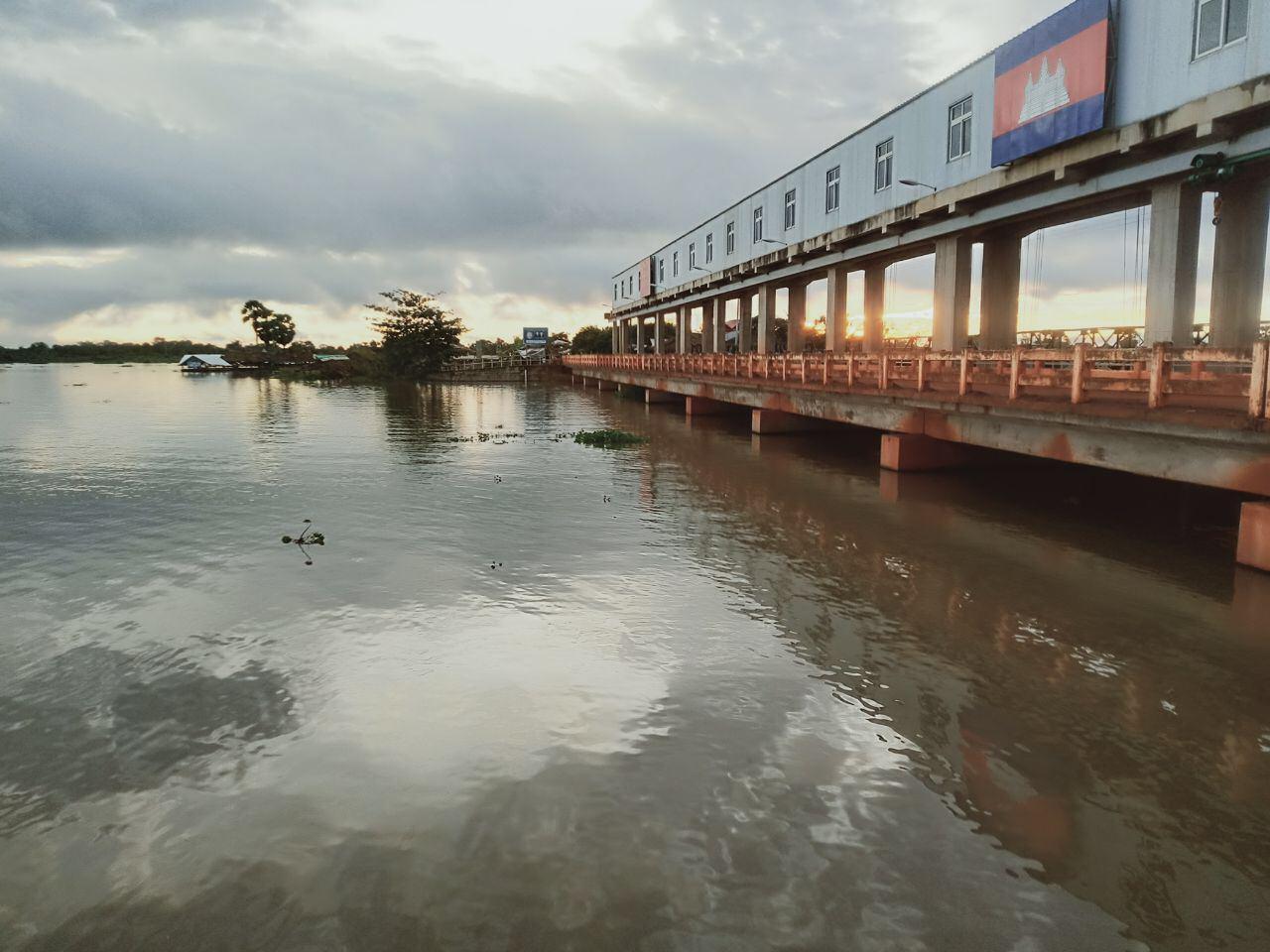

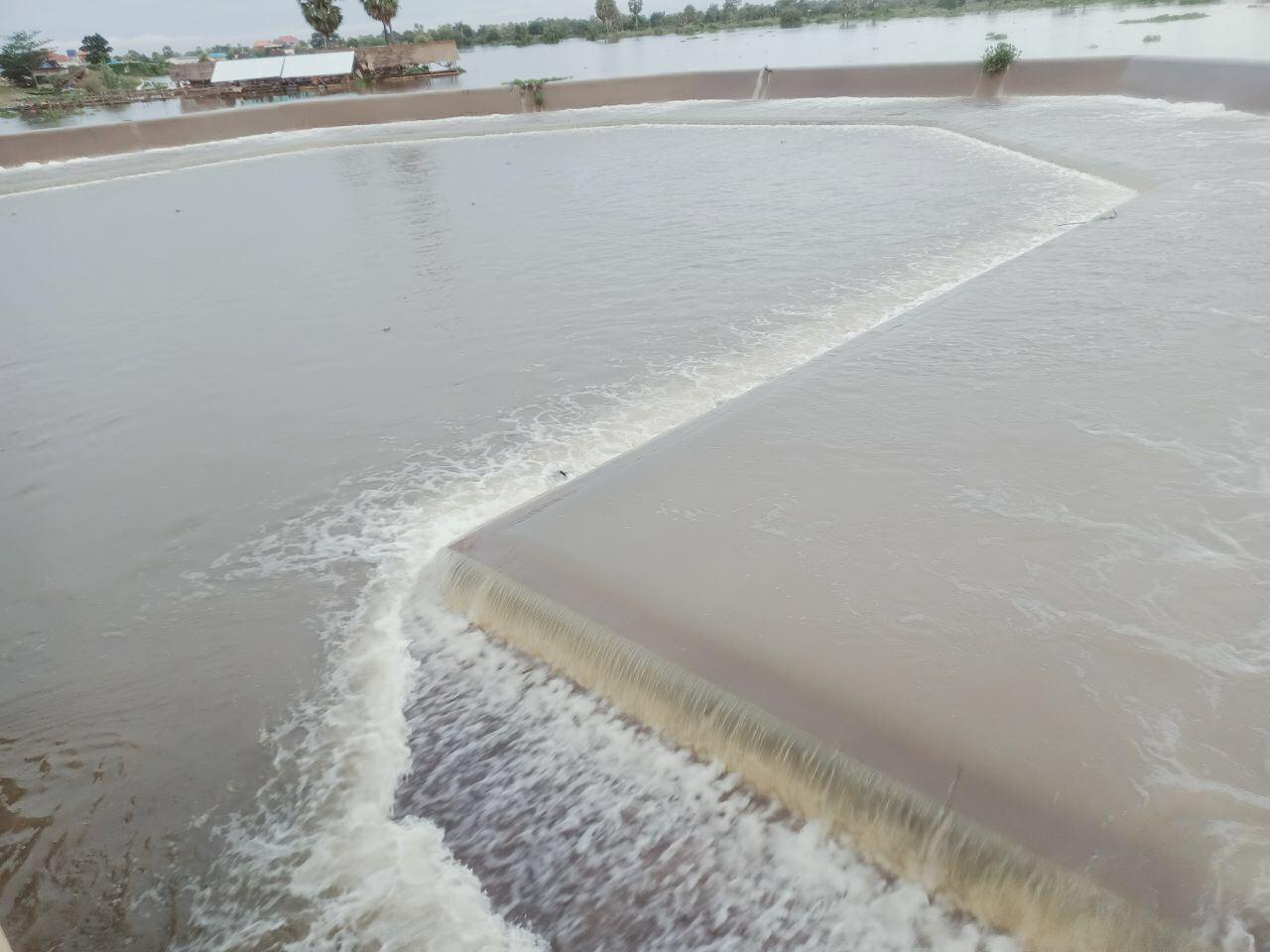
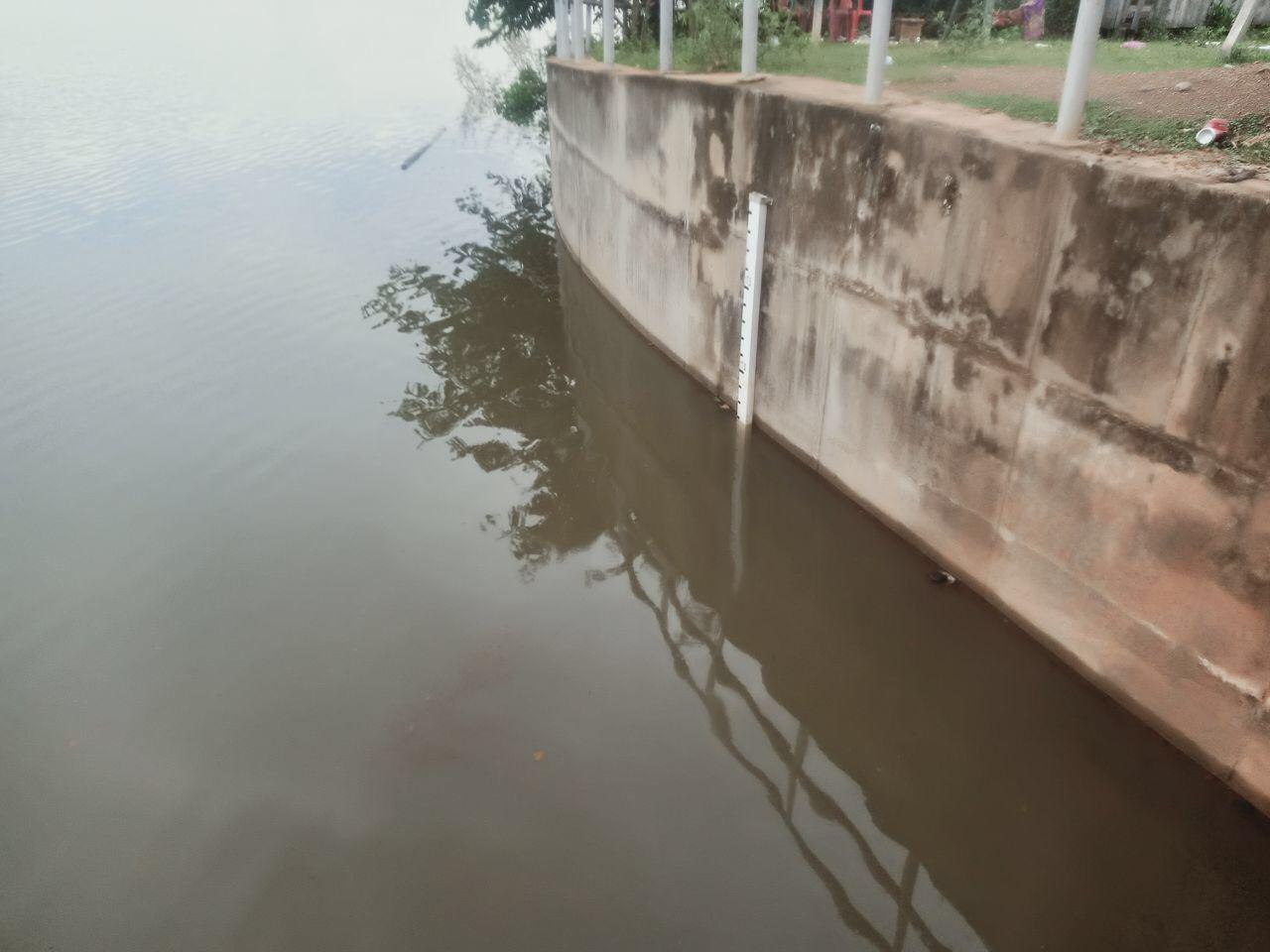
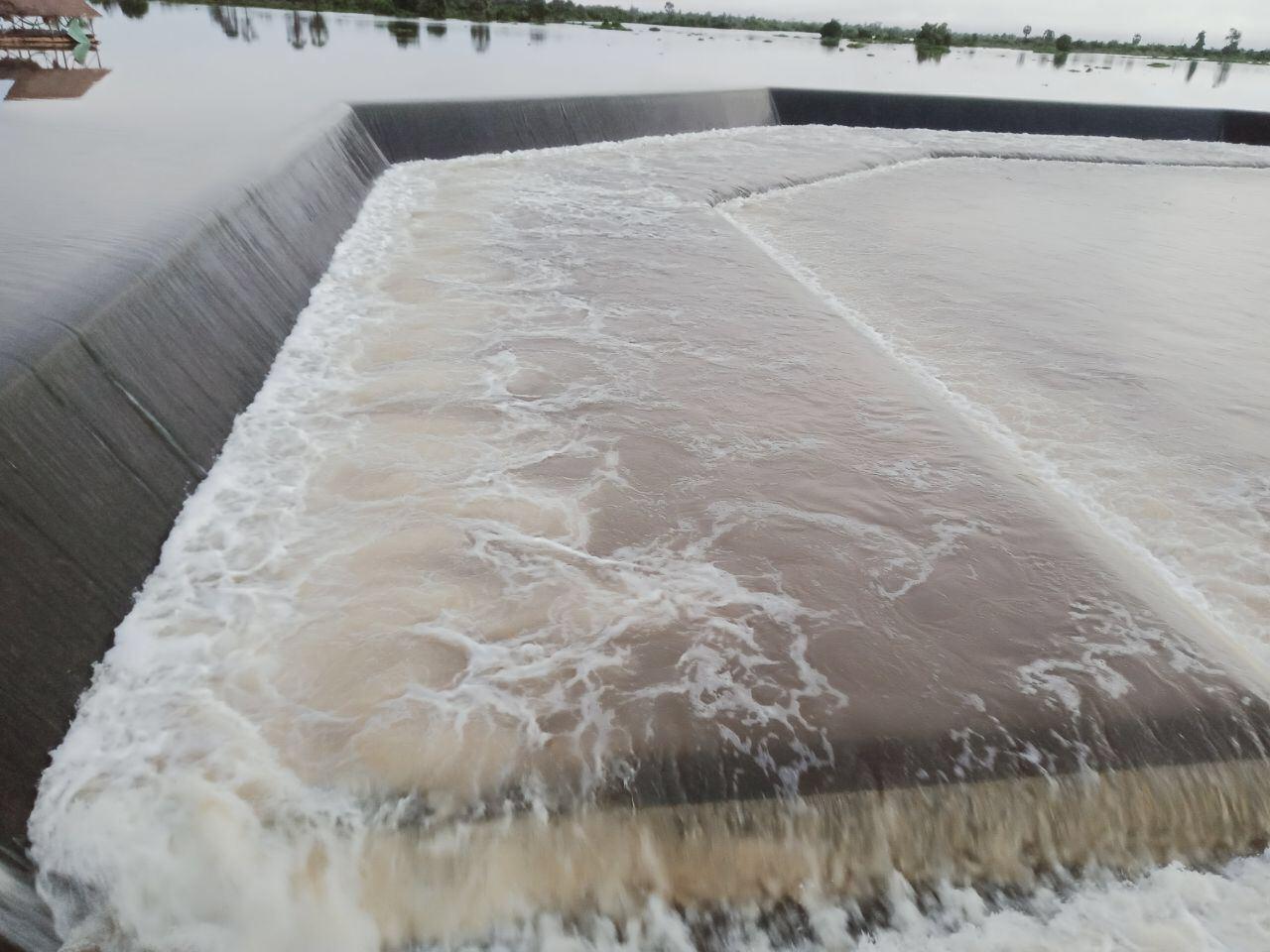
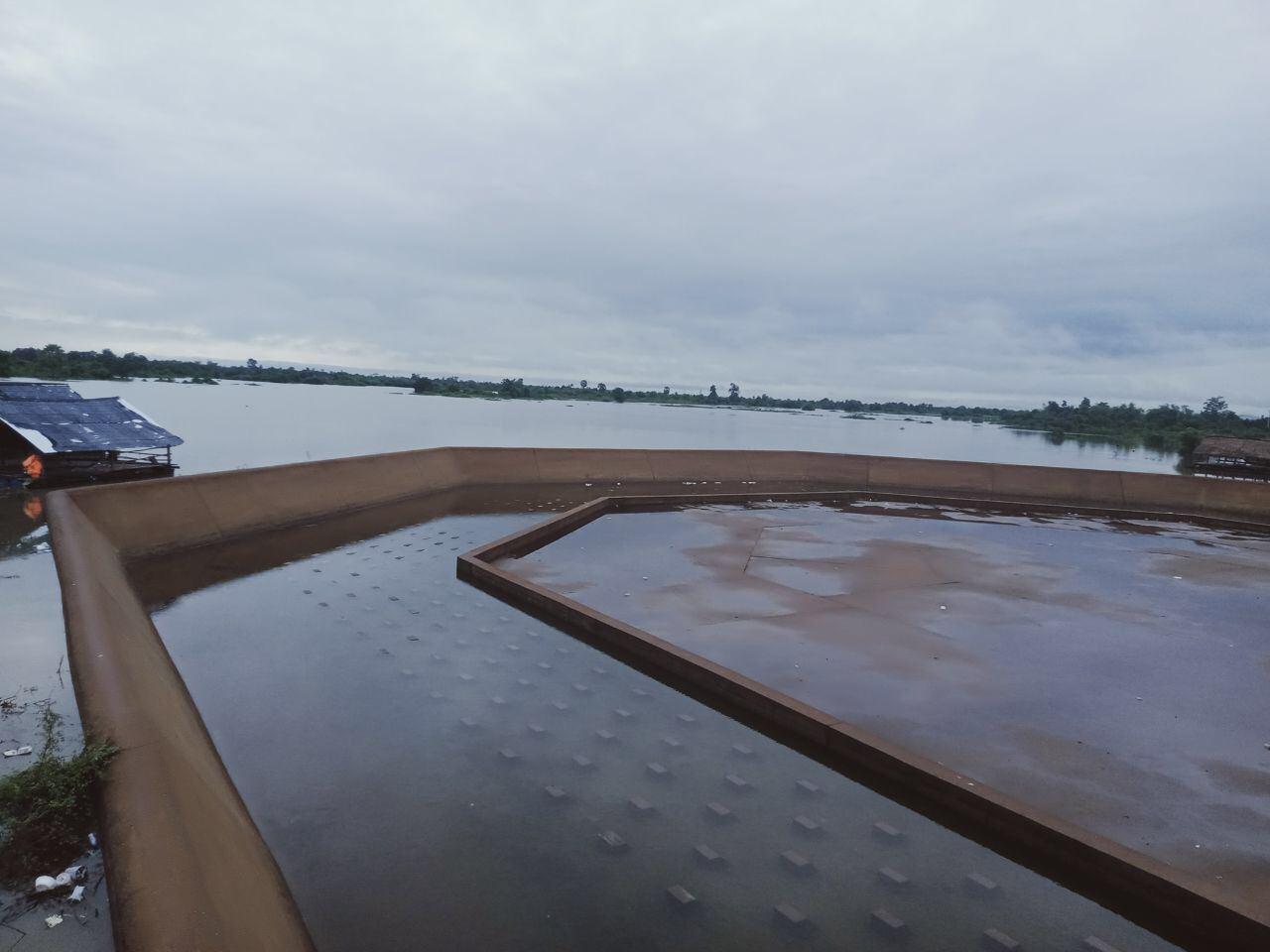
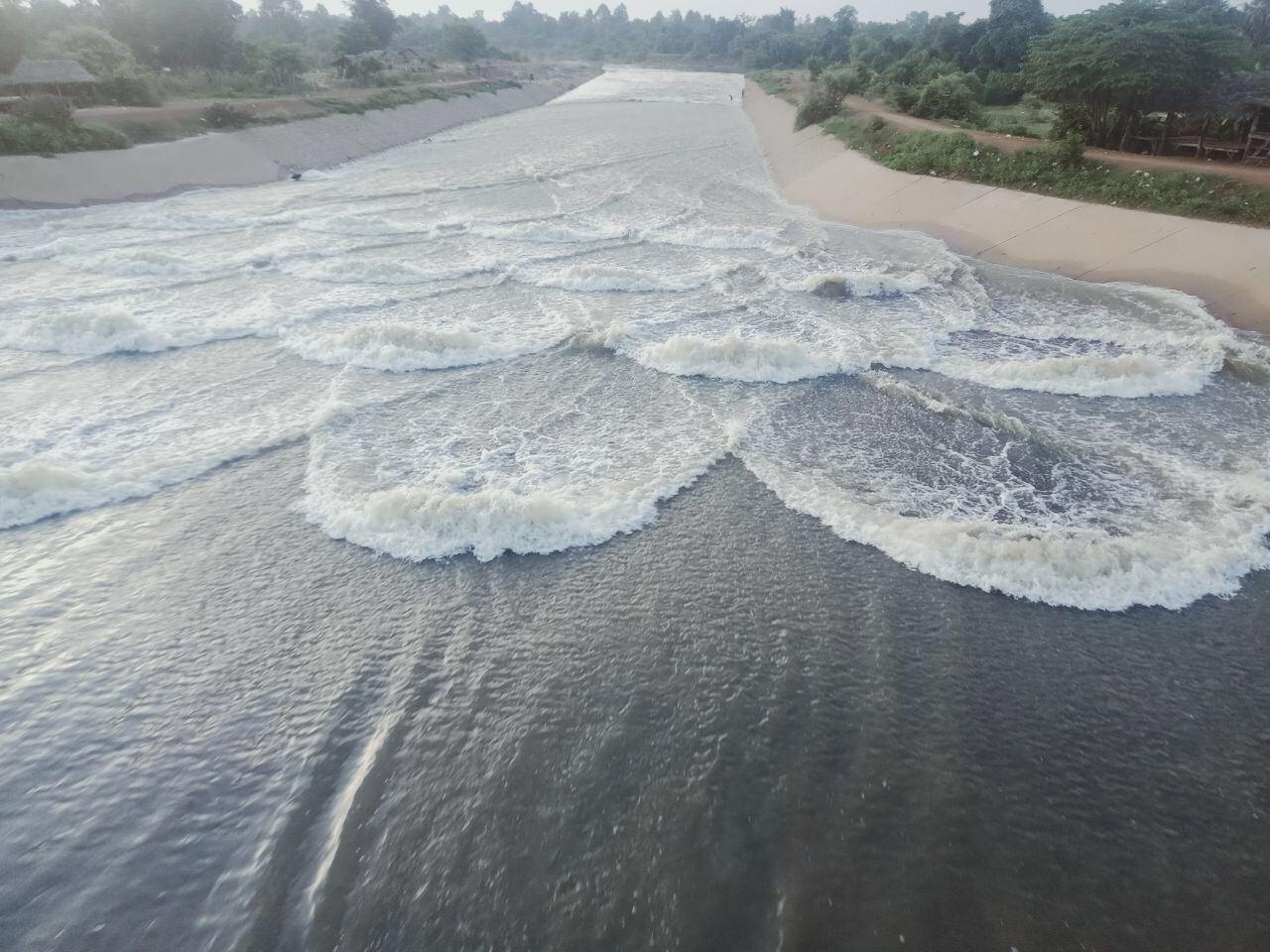
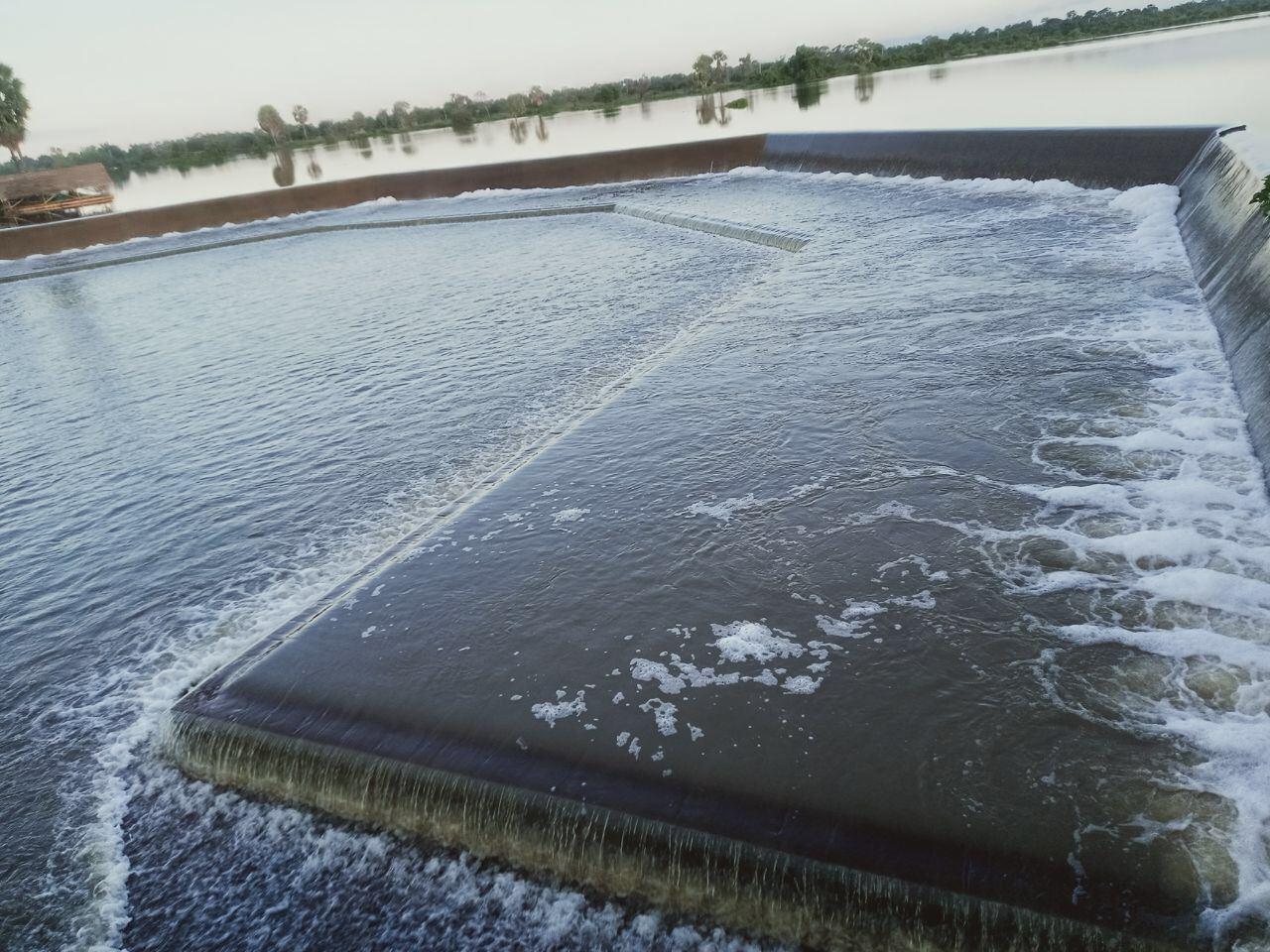
ប្រព័ន្ធ ធារាសាស្ត្រ ជីក្រែង ស្ថិត ក្នុង ខេត្ត សៀមរាប
